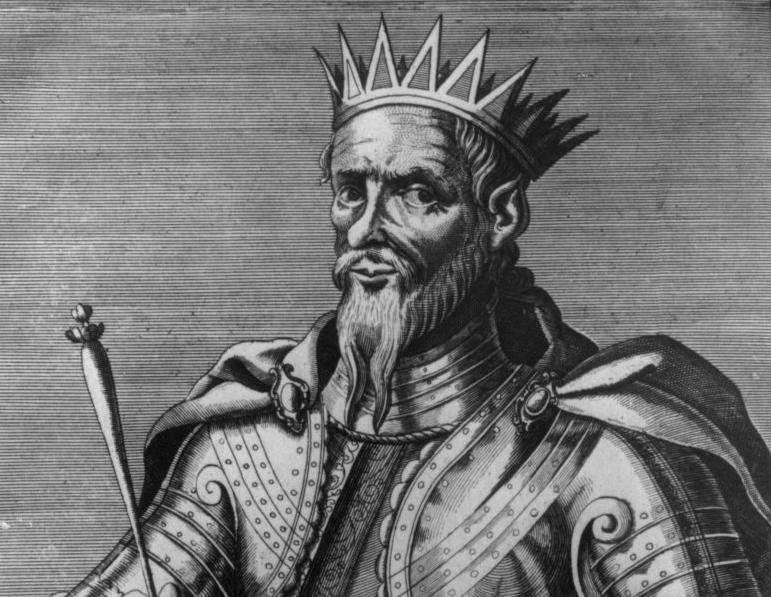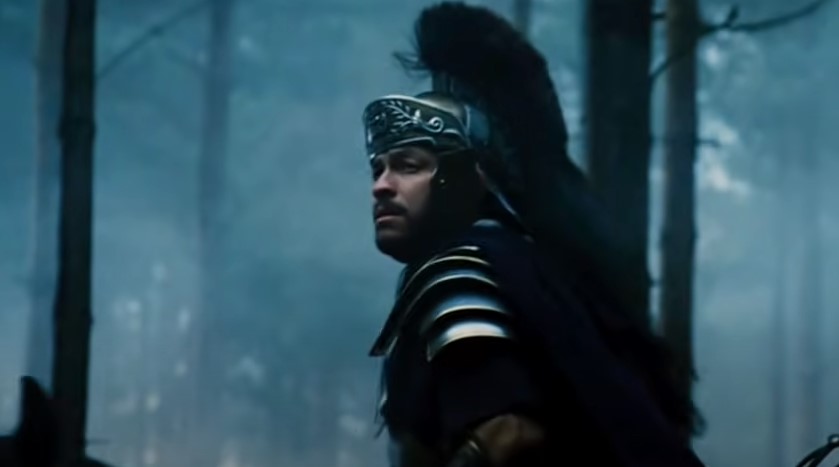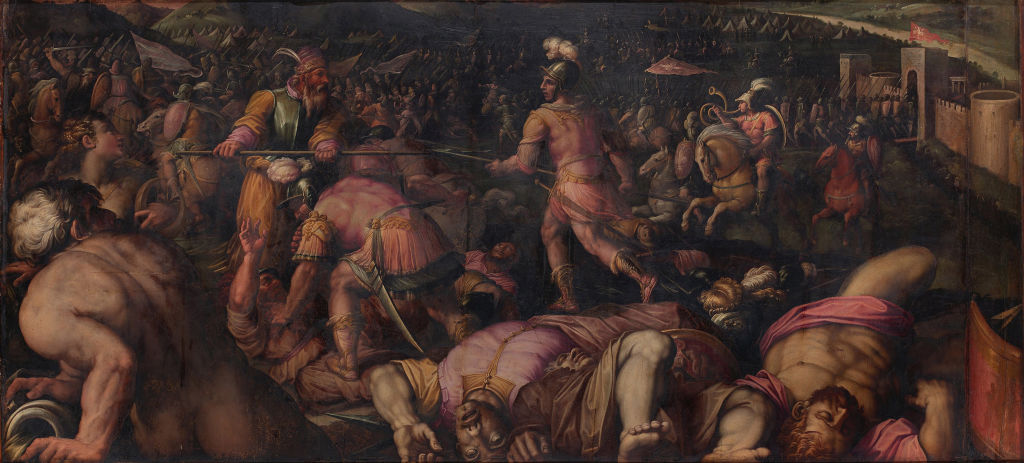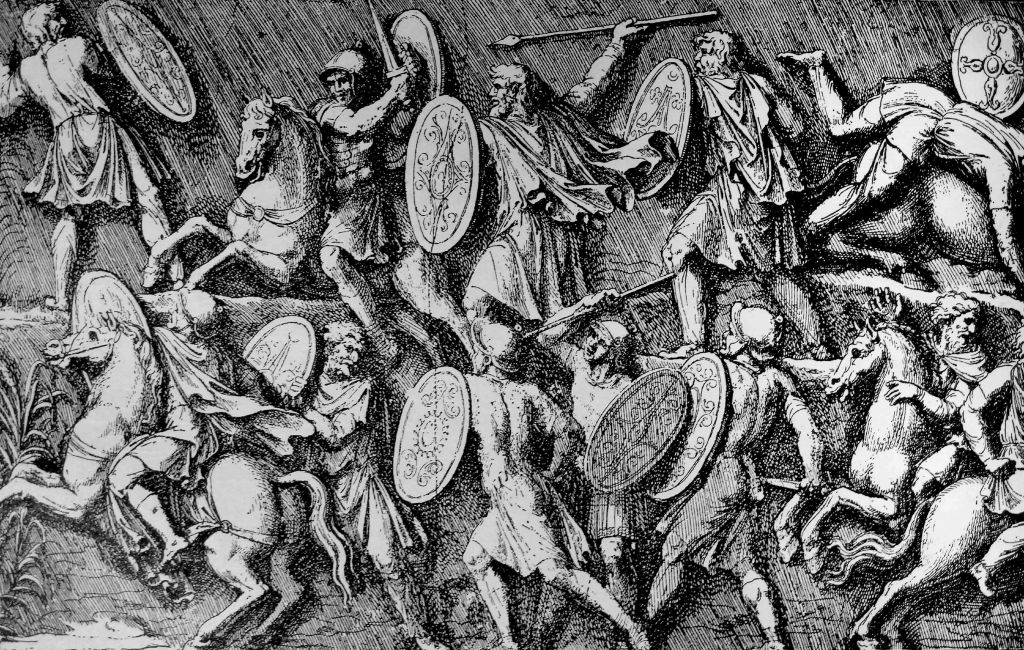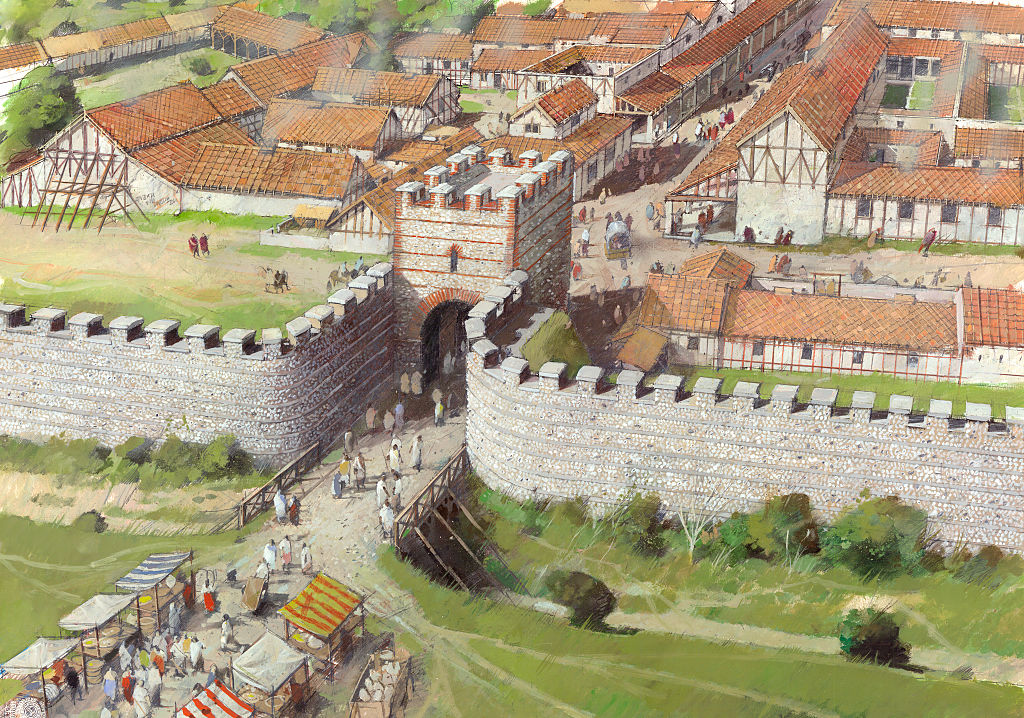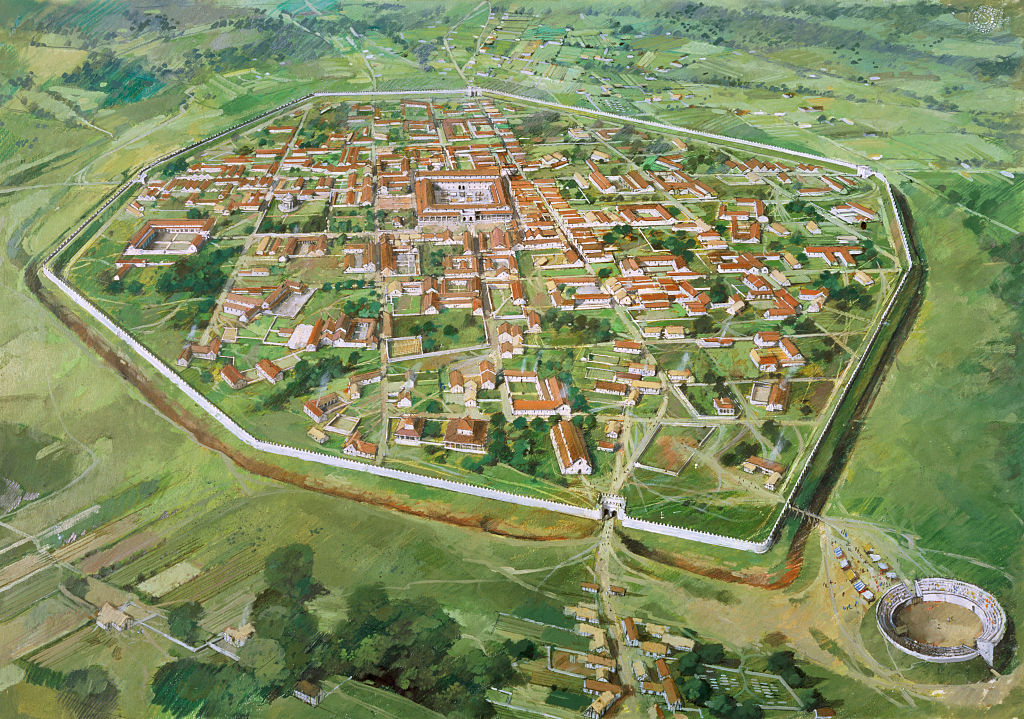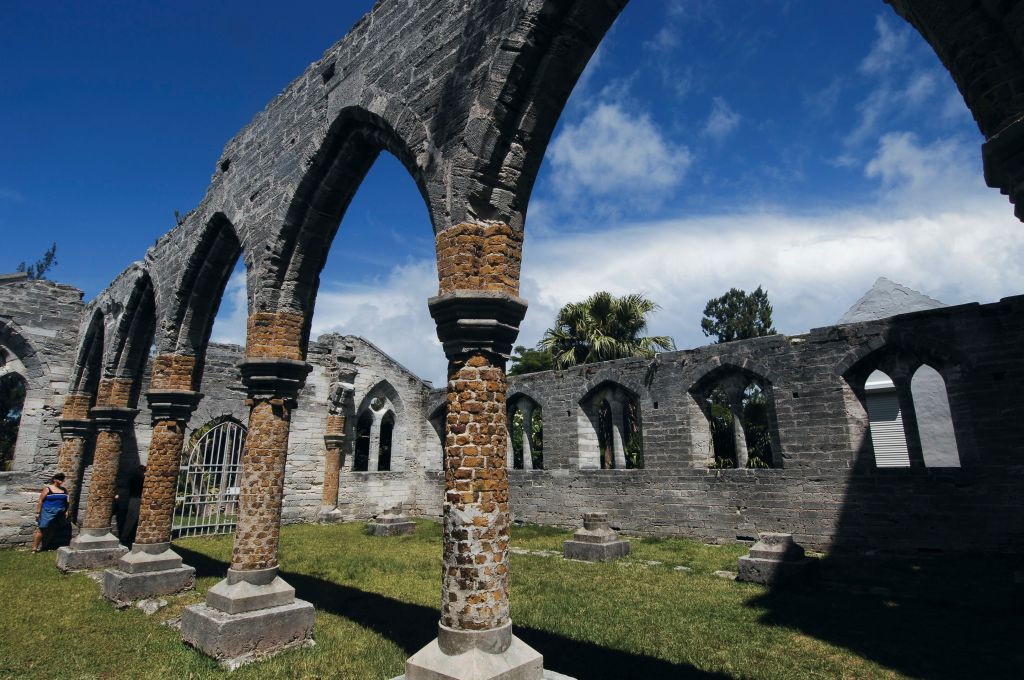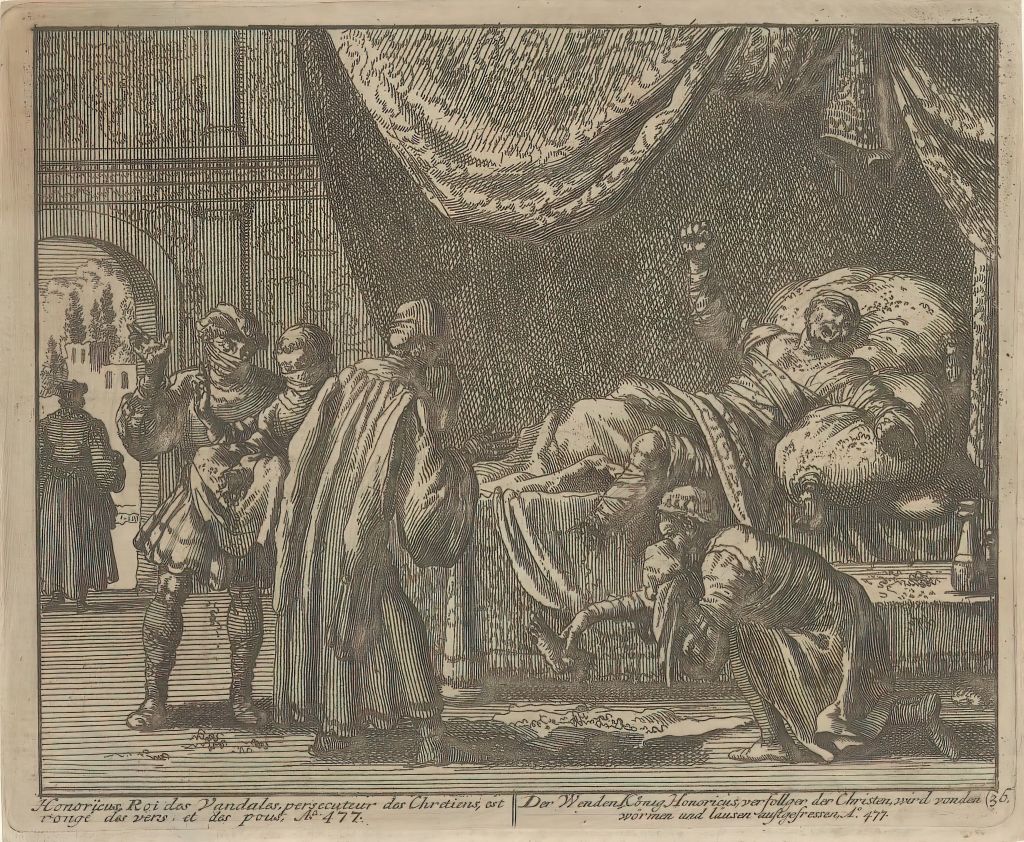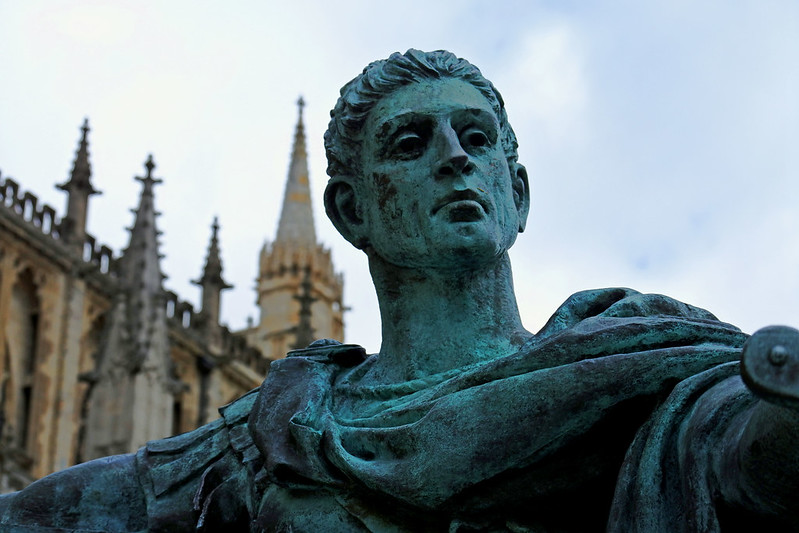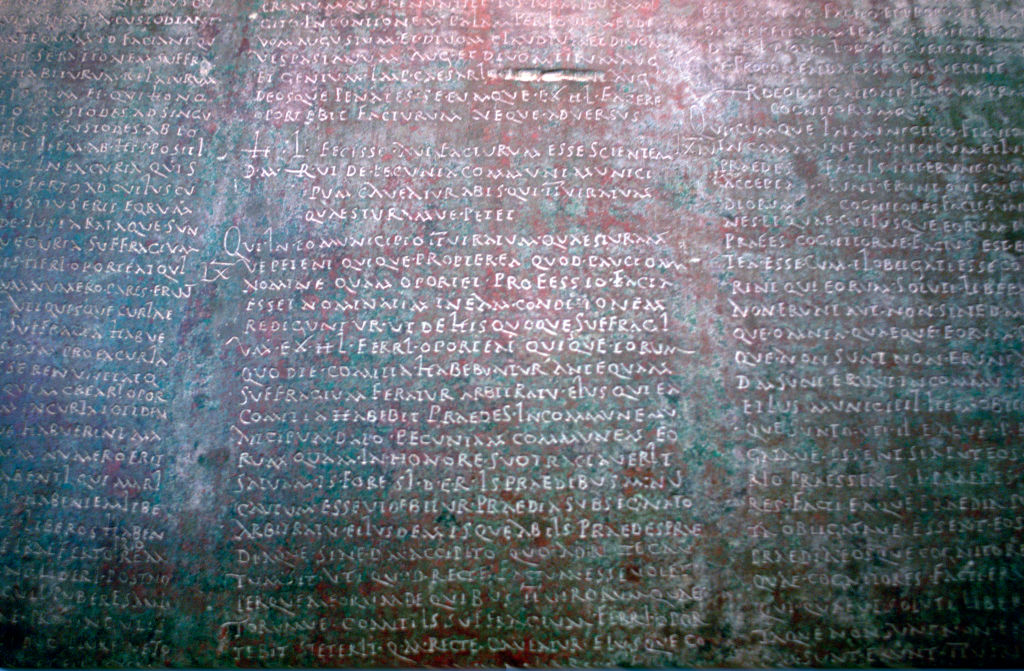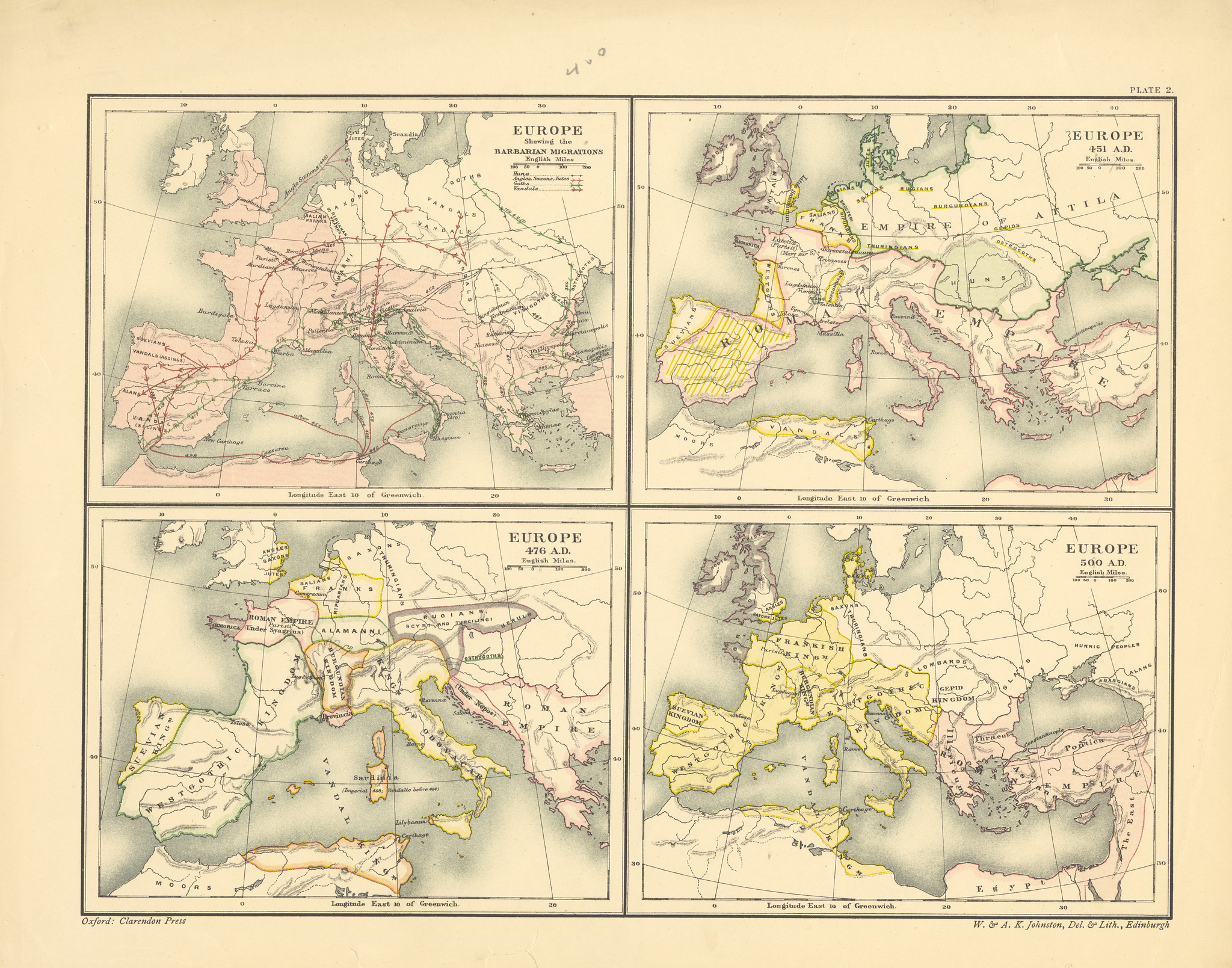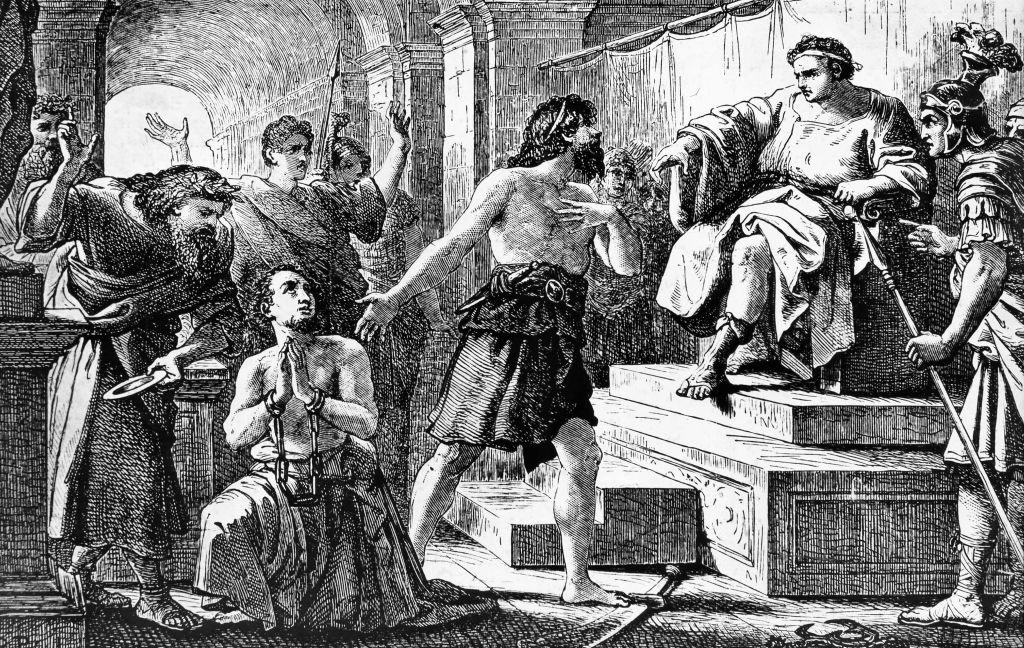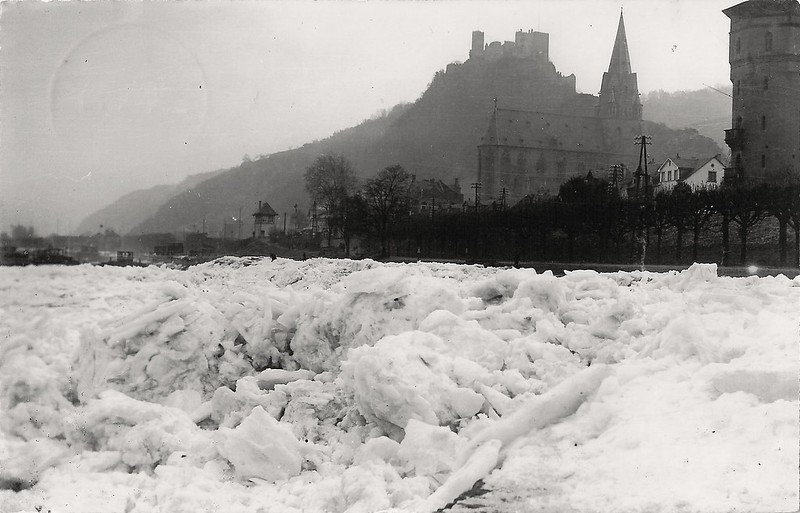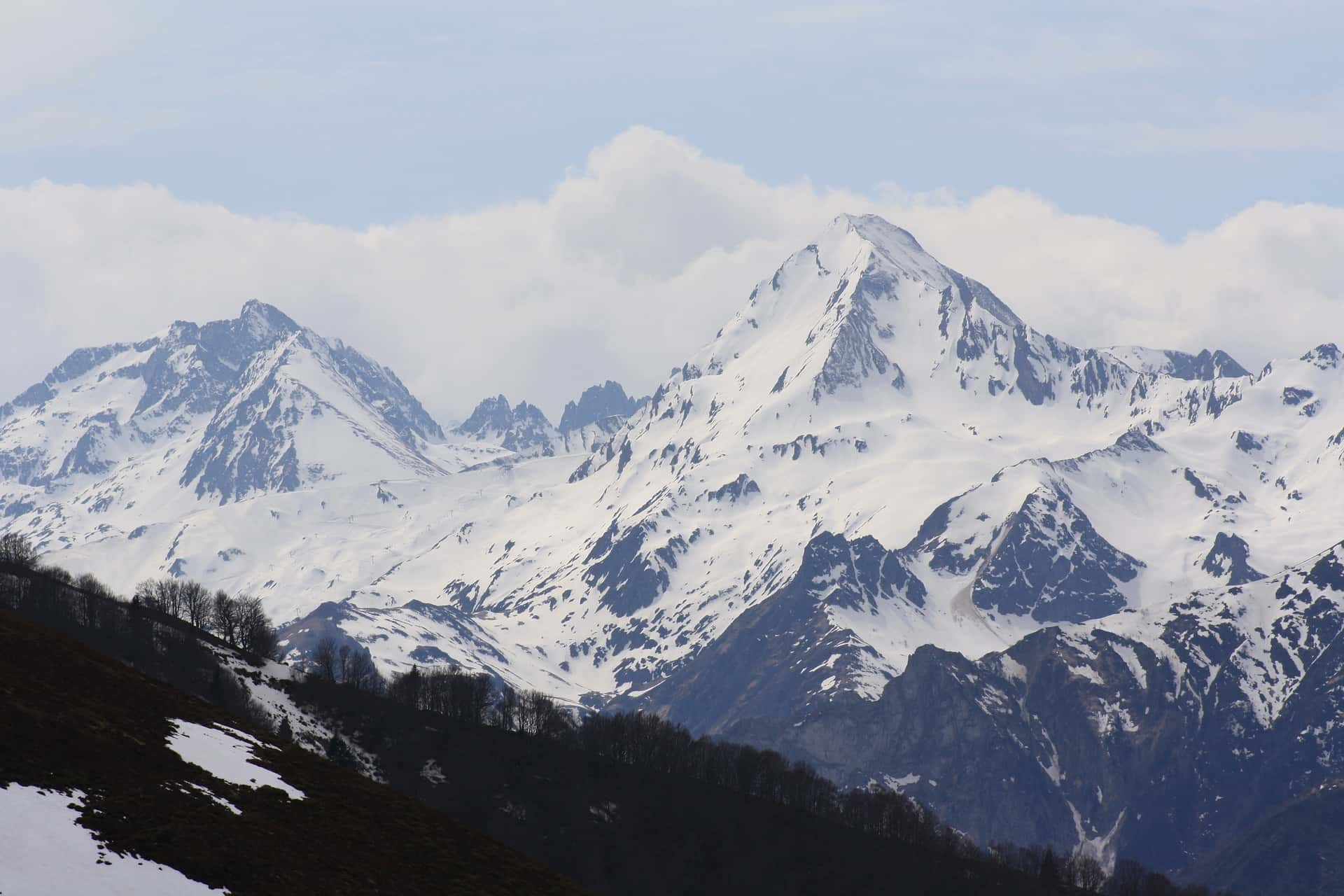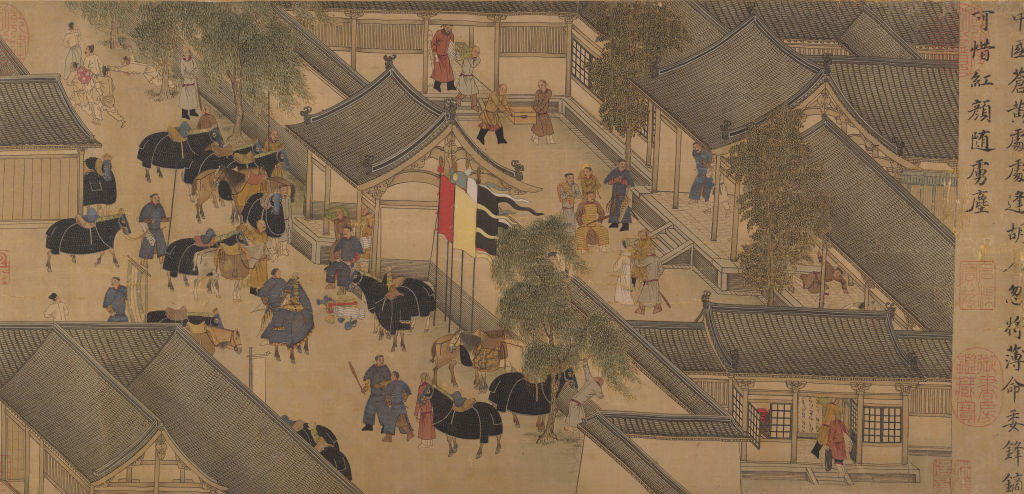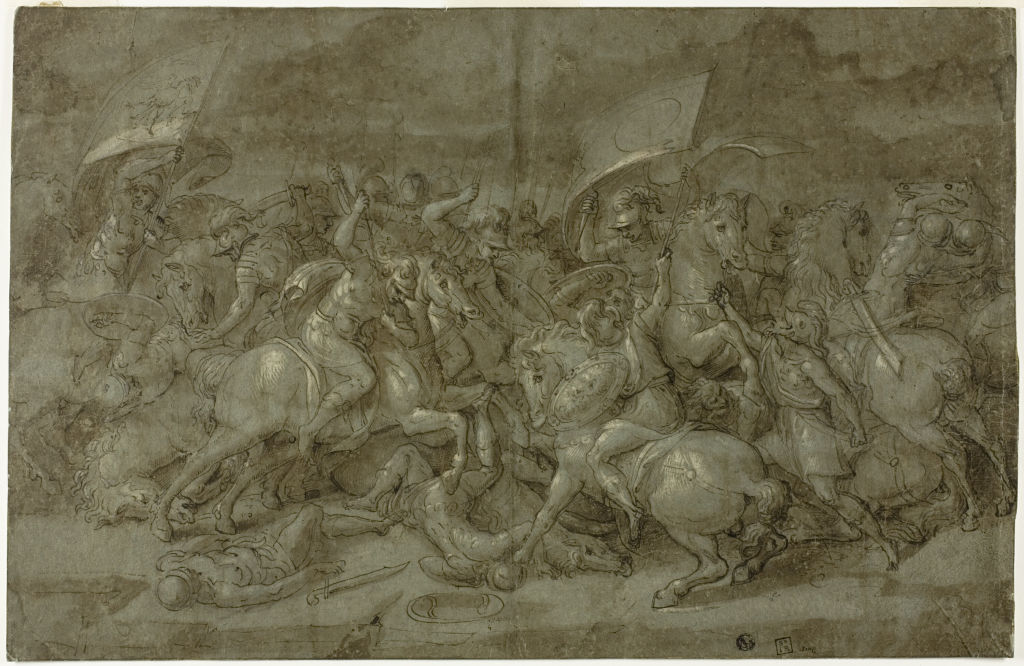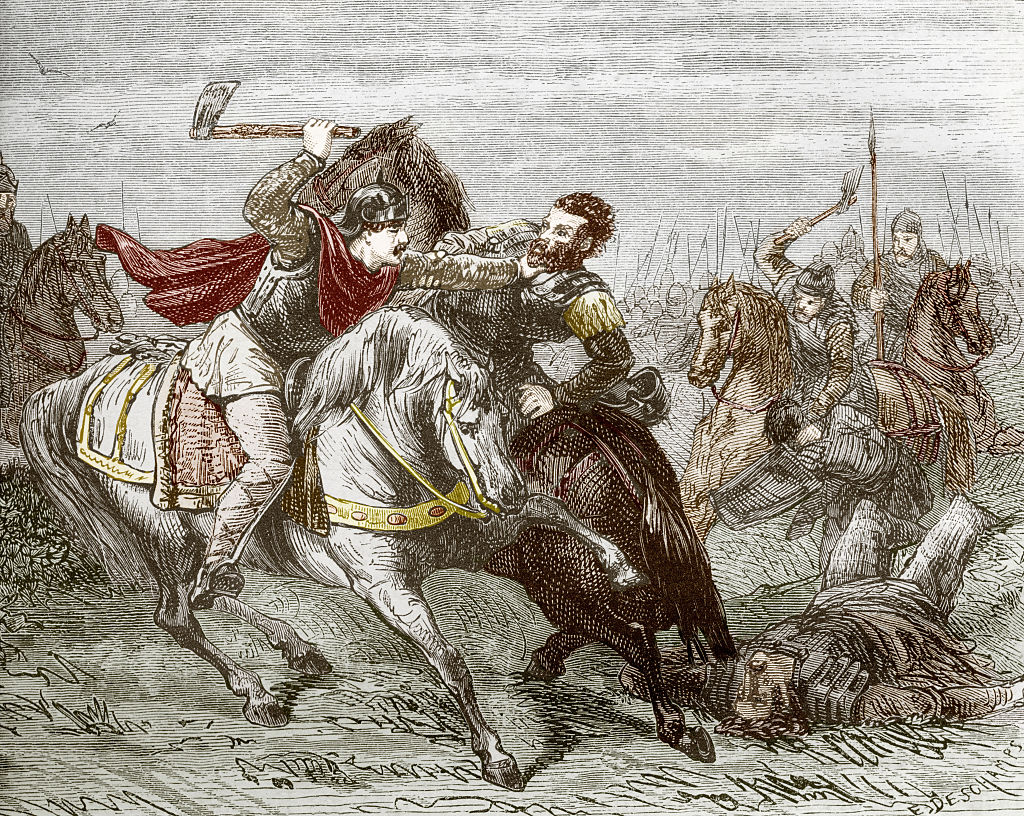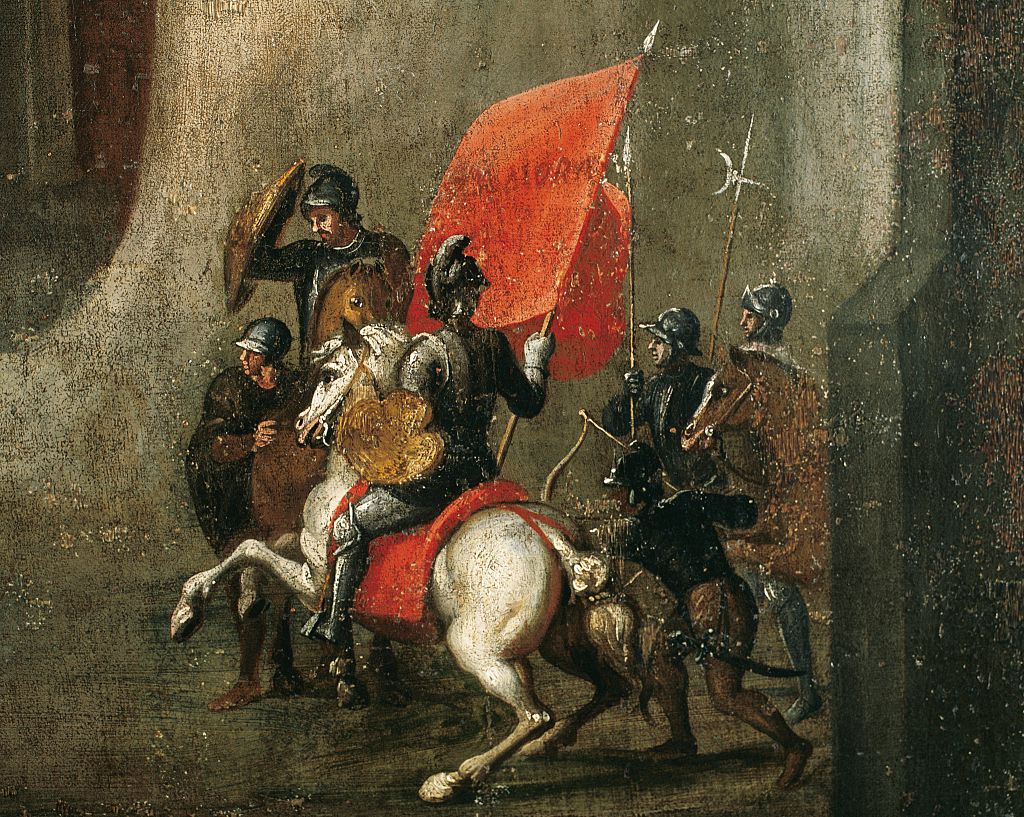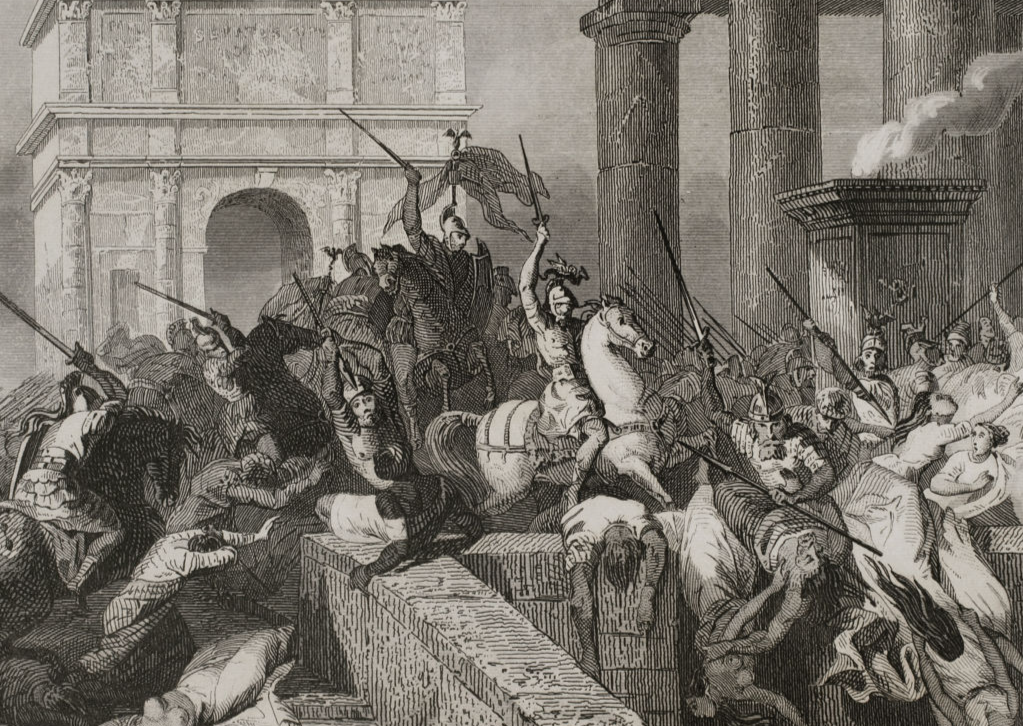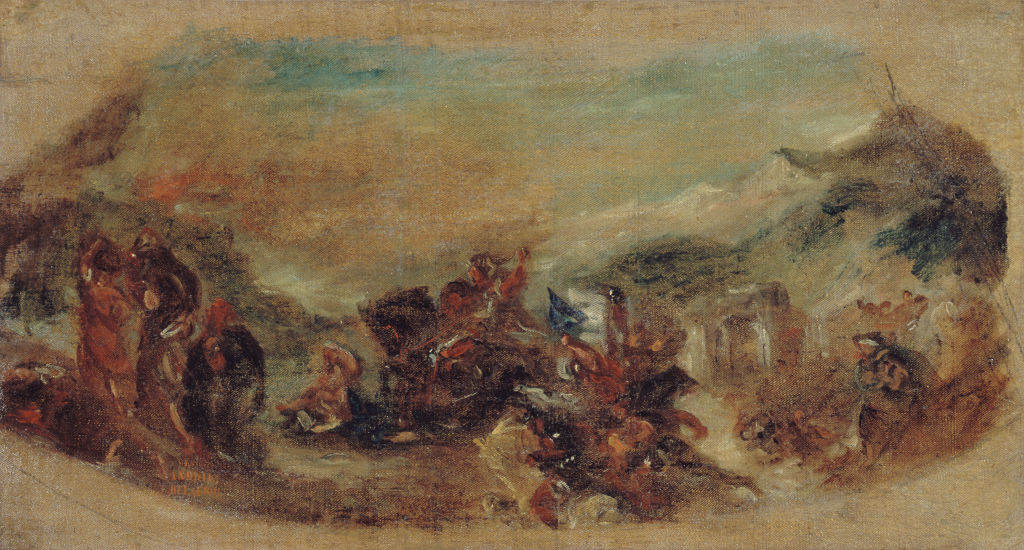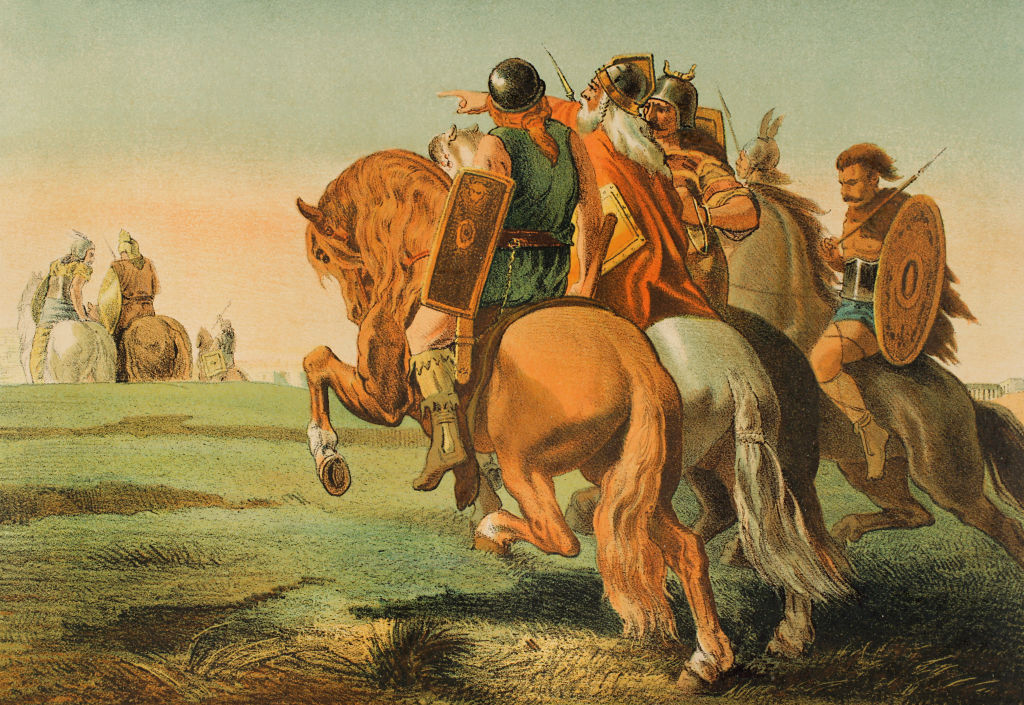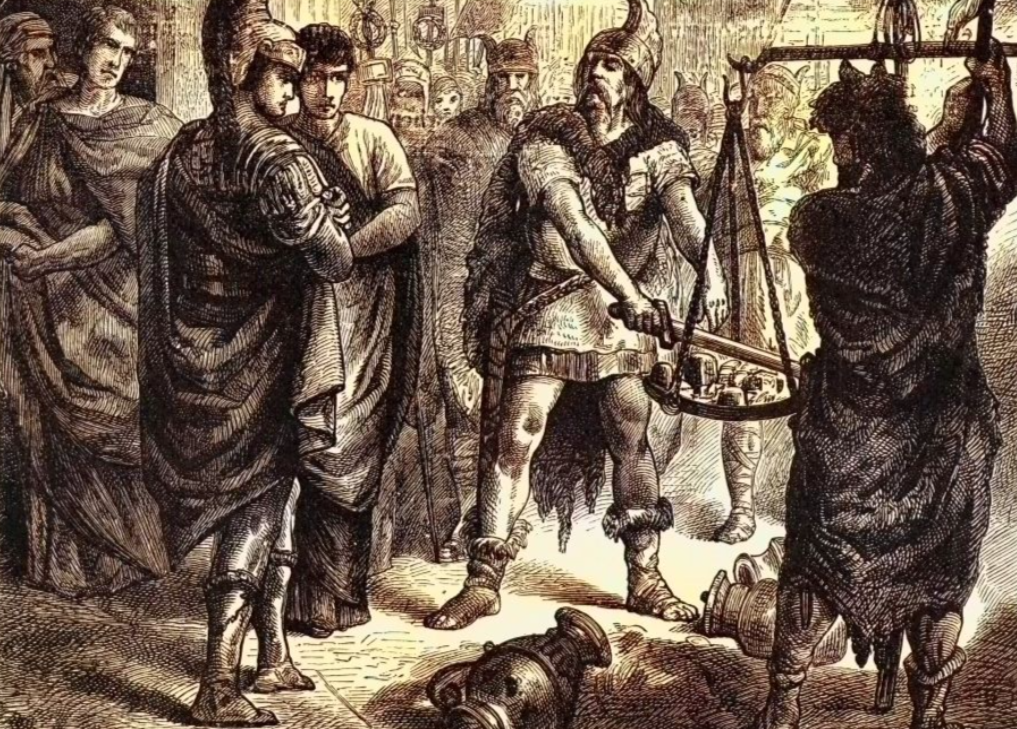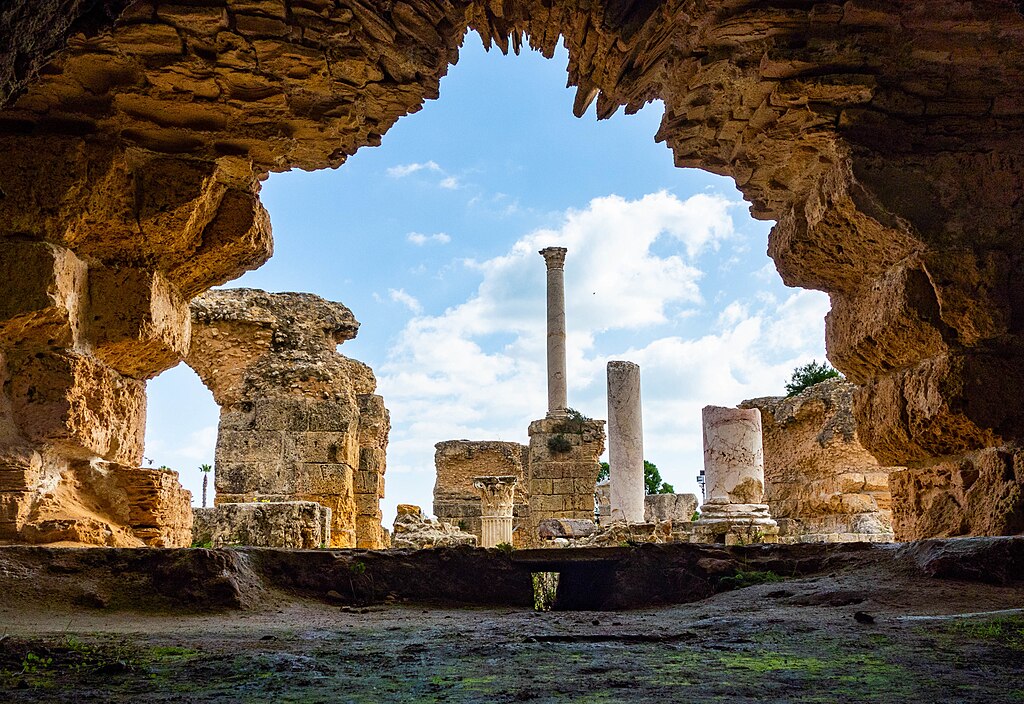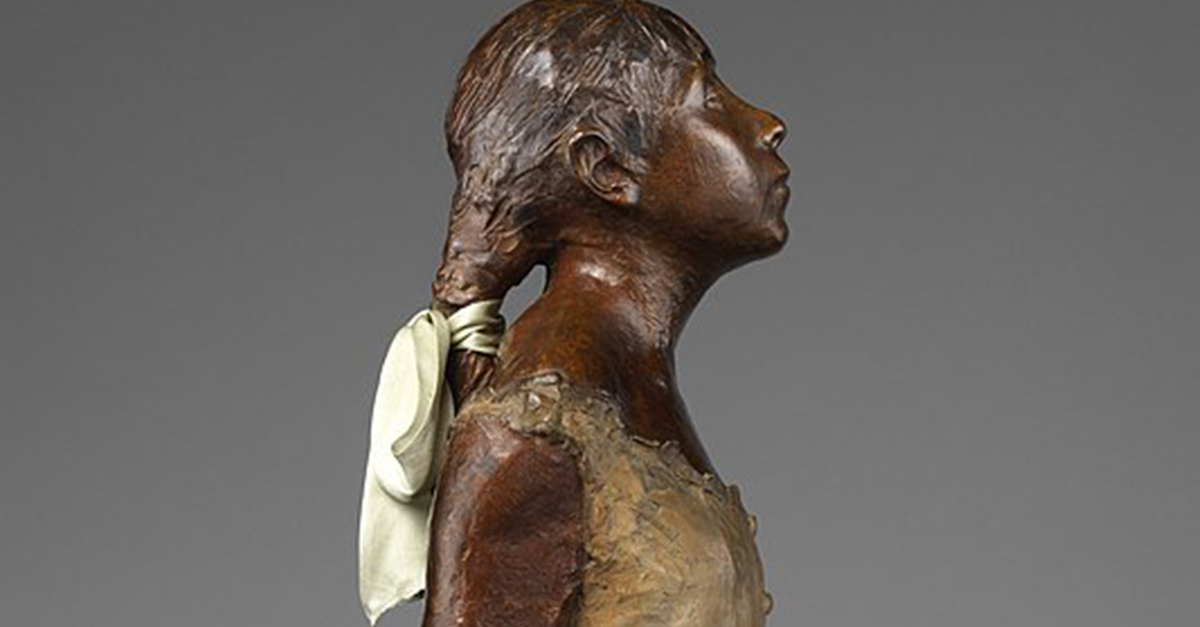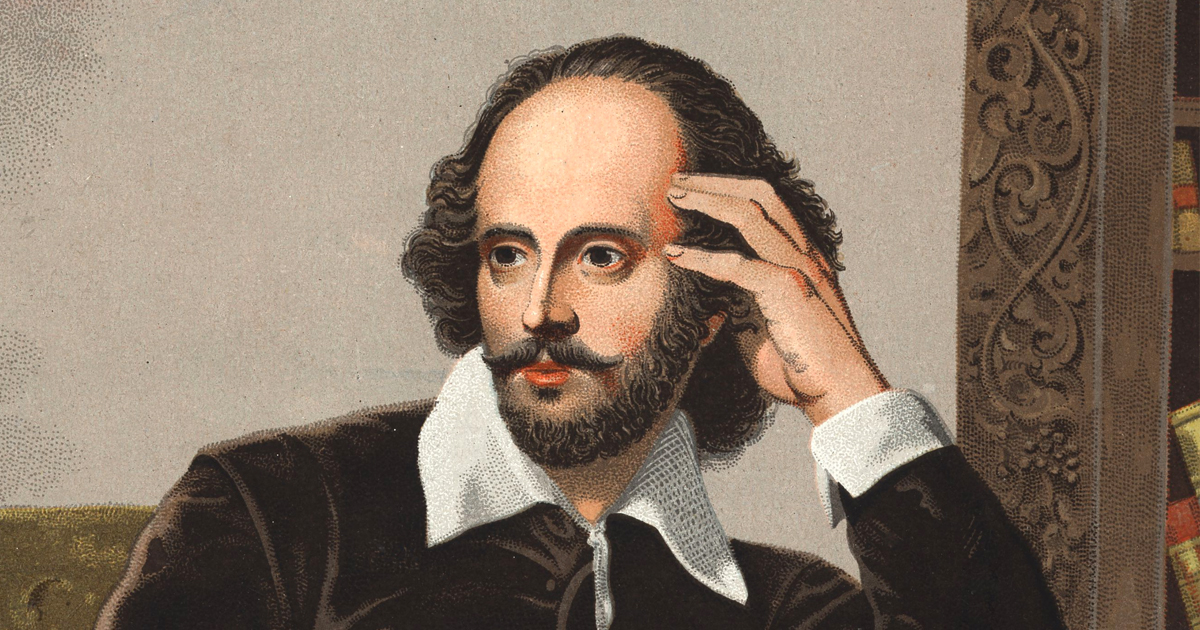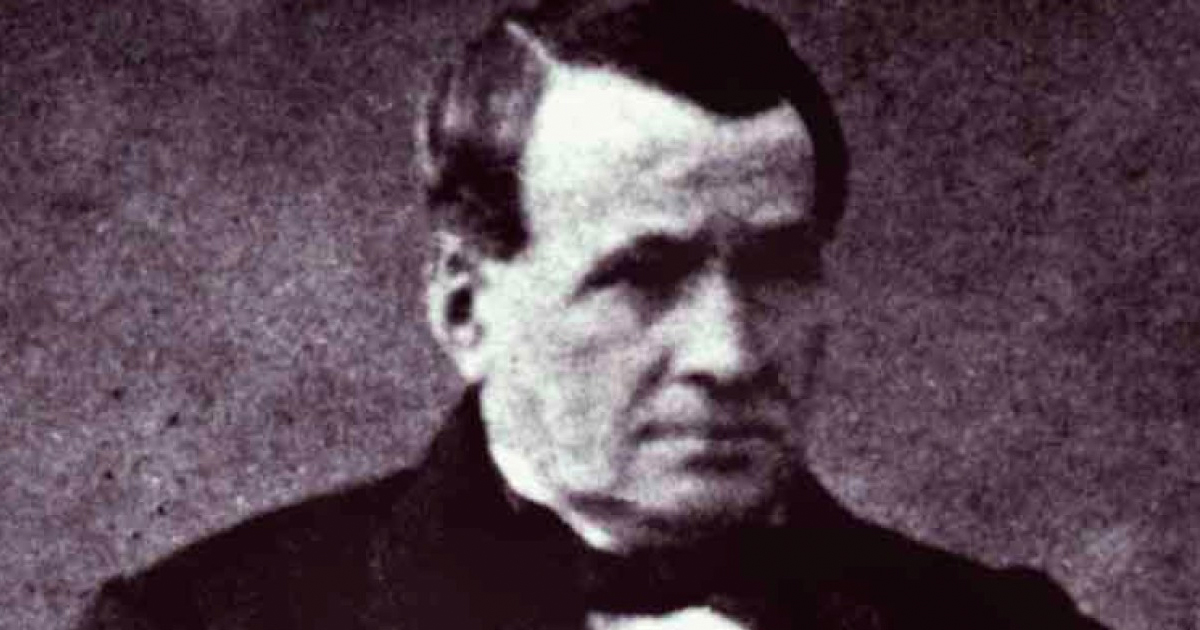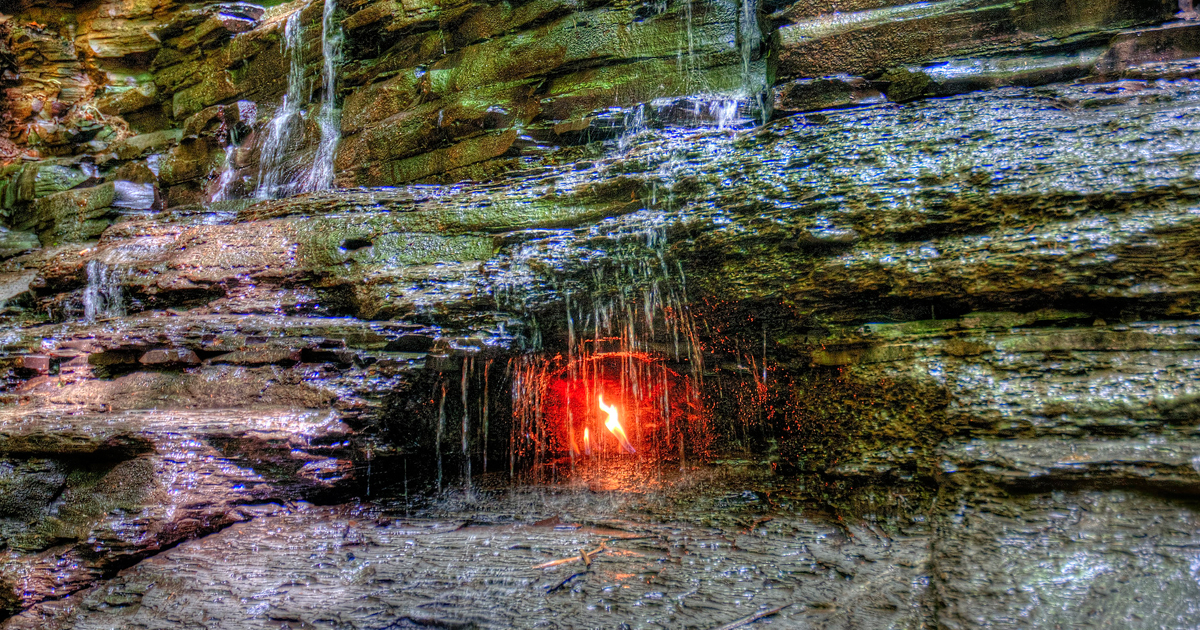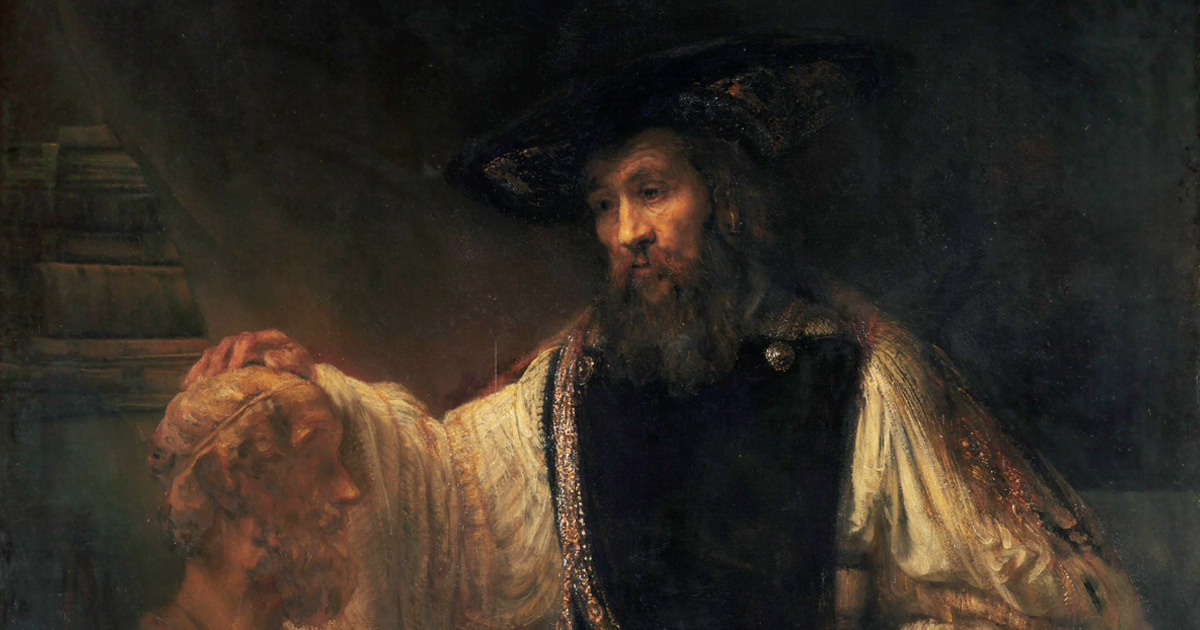The Original Vandals
Rome would never be the same again after the Vandals spent 14 days looting and pillaging the city. It's why the word "vandalism" exists today.
They reached their peak in the 6th century CE—before their culture collapsed and all but disappeared.
So who were the tribe that conquered the Eternal City? And what happened to them?

Where Did They Come From?
The Vandals were a Germanic people that probably originated somewhere in the Baltic Sea region. Archaeologists believe they were members of the Przeworsk culture of modern Poland. They were likely farmers who lived spread out in rather small towns. But they couldn't stay.
The Vandals, like many neighboring tribes, were driven out of their homeland by an invading terror.
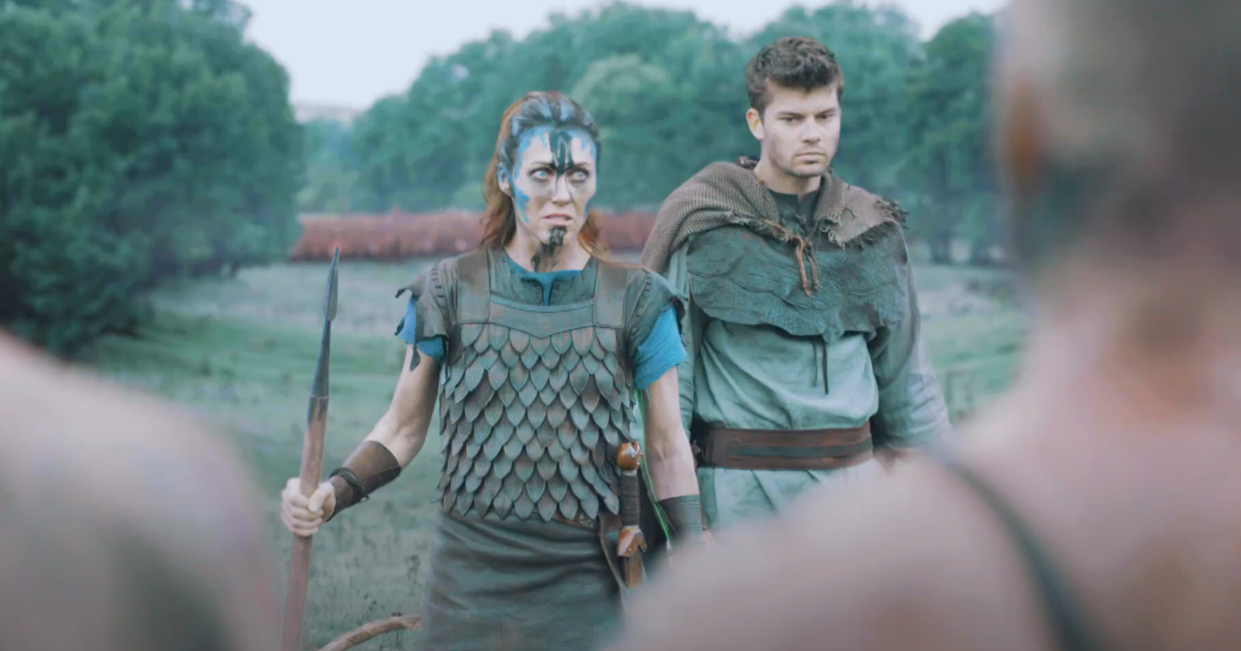 October Films, Barbarians Rising (2016)
October Films, Barbarians Rising (2016)
Their Lands Were Invaded
The period from 300 to 500 CE is known to historians as the Migration Period. Maybe you know it by another name: The Barbarian Invasions.
And you've probably heard of the invaders.
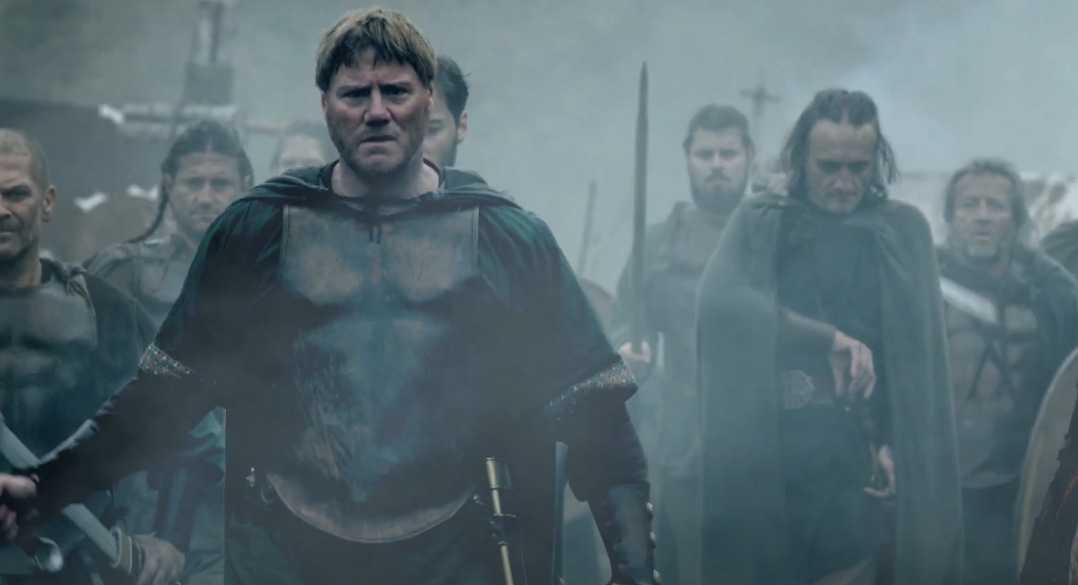 October Films, Barbarians Rising (2016)
October Films, Barbarians Rising (2016)
Attila The Hun Invaded
The Huns from Central Asia had arrived at the banks of the Volga River by 370 CE. When their infamous King Attila took control, they began a series of devastating invasions into Eastern Europe. No one was ready for them.
They Had To Run
The Vandals, and many other Germanic tribes, were sent packing for safer pastures. The only problem was: Everywhere was already taken.
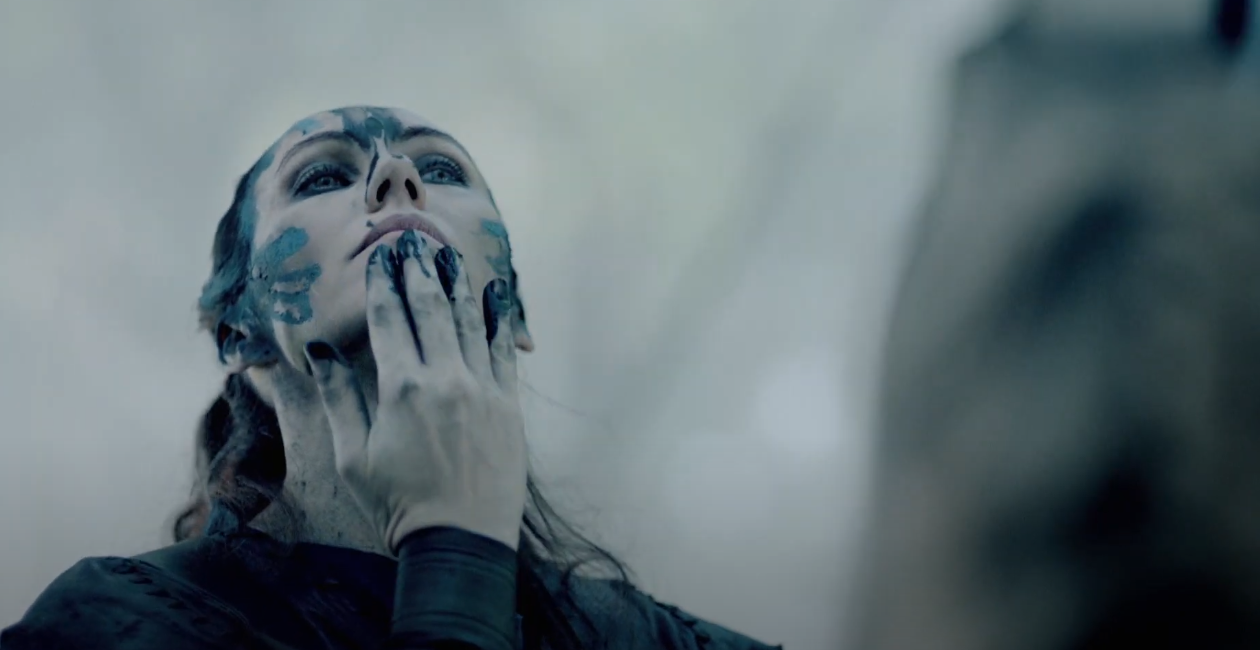 October Films, Barbarians Rising (2016)
October Films, Barbarians Rising (2016)
They Bordered The Roman Empire
At the height of the Roman Empire, their lands reached far north. They knew of many powerful Germanic tribes, and the Vandals were known as a "great people".
They Knew How To Fight
The first historical record of the Vandals comes from the Marcomannic Wars, a brutal 14-year campaign fought between Germanic tribes and the Roman Empire along the Danube River.
And the Vandals were in the middle of the fray.
Rome Was Their Enemy
The Germanic tribes resisted Roman dominion—and the Vandals were no different.
While the Romans were distracted fighting one tribe, the Vandals invaded the province of Dacia and slew the Roman governor stationed there.
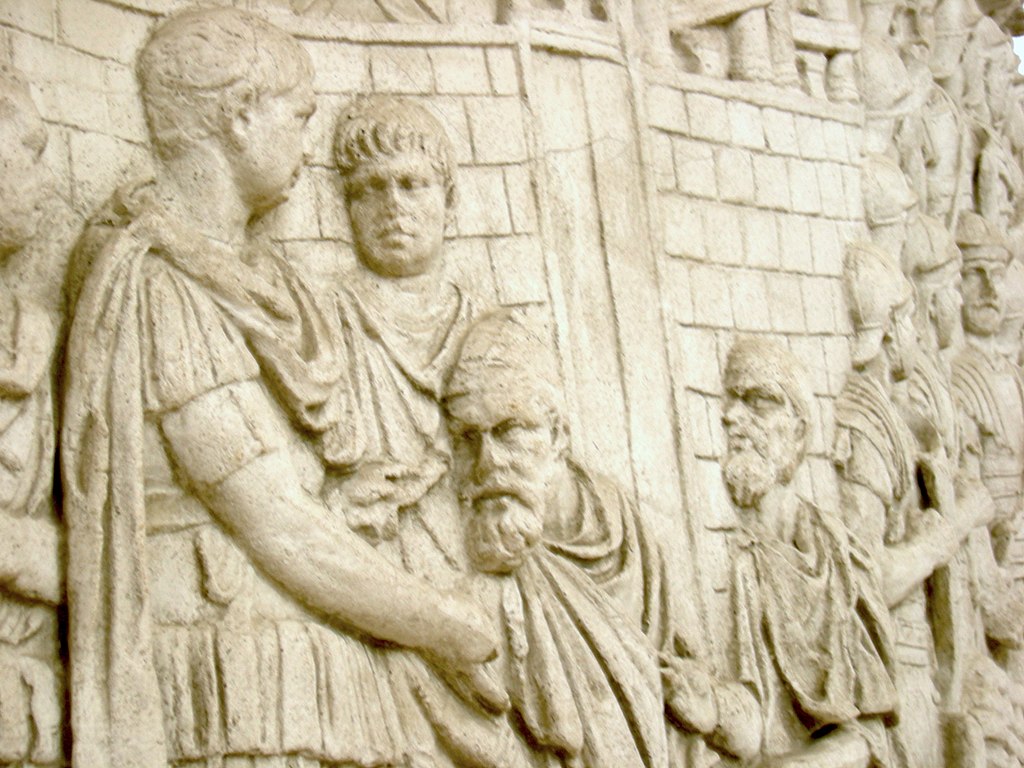 Joe Mabel, CC BY-SA 3.0, Wikimedia Commons
Joe Mabel, CC BY-SA 3.0, Wikimedia Commons
They Got Out Clean
The might of the Roman Empire could only be held back for so long, but the Vandals got out pretty clean from the Marcomannic Wars, signing a peace treaty and becoming Roman allies.
But the tides could always change—and Europe was about to descend into chaos.
They Peace Was Broken
Just a few years after signing a peace treaty, Roman Emperor Probus defeated the Vandals yet again. This time, he wanted to make sure they wouldn't rise up again.
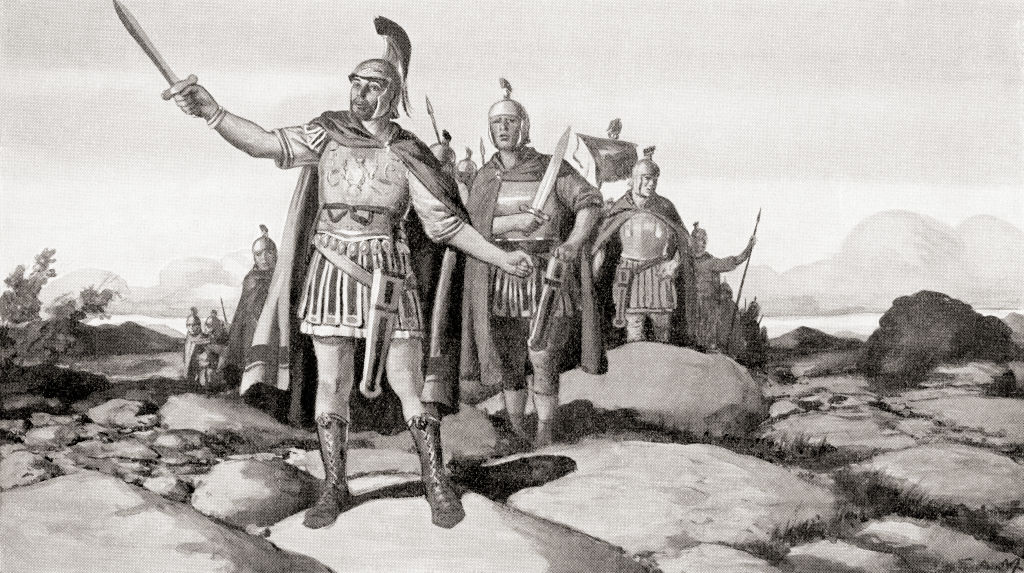 Universal History Archive, Getty Images
Universal History Archive, Getty Images
They Were Separated
As both a punishment and to fracture any more potential revolt, Probus sent many Vandals to the distant shores of Britannia.
While the Vandals who stayed home would eventually reach glory, there was nothing but doom for them in the British Isles.
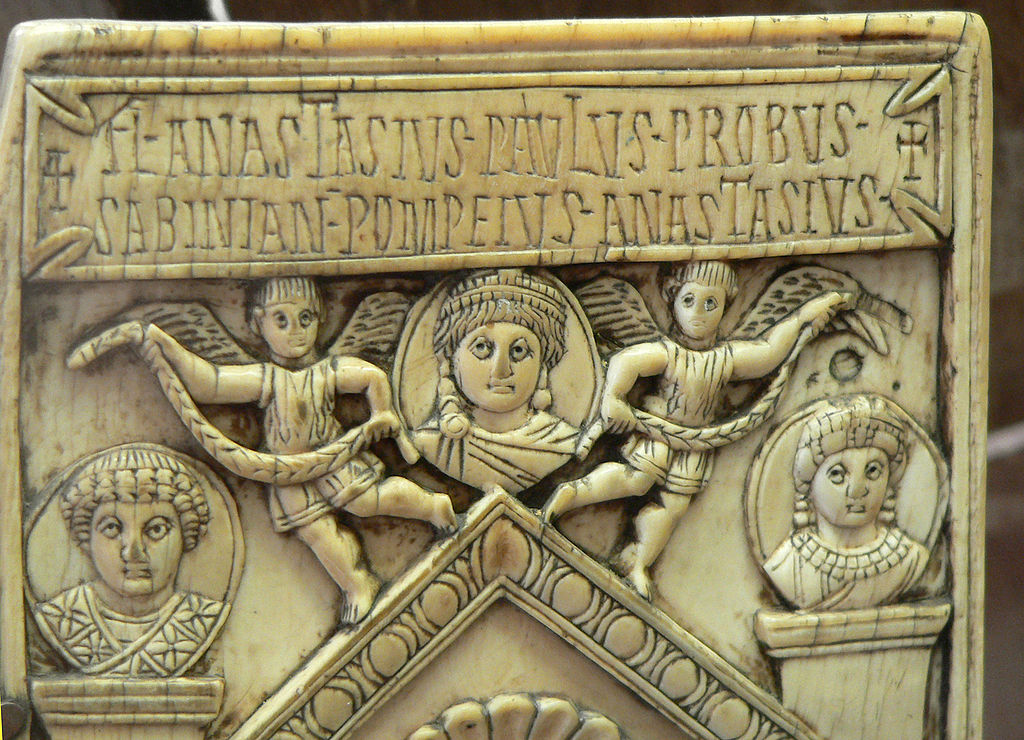 BnF Museum, CC BY-SA 3.0, Wikimedia Commons
BnF Museum, CC BY-SA 3.0, Wikimedia Commons
They Founded A City
It's unknown where exactly the Vandals settled, but Silchester (after the Vandal tribe the Silingi) seems the most likely.
But they wouldn't make it in Britain.
Their City Was Abandoned
When the Roman Empire collapsed and the Romans abandoned Britannia, many of their cities were left to go to ruin, and the Vandals' city of Silingi was one of them.
Their Fate Is A Mystery
Records of Sub-Roman Britain are extremely limited, and no one can say what exactly happened to the Vandals who were left there. Did they go extinct? Integrate with the people native to the British Isles? We'll never know.
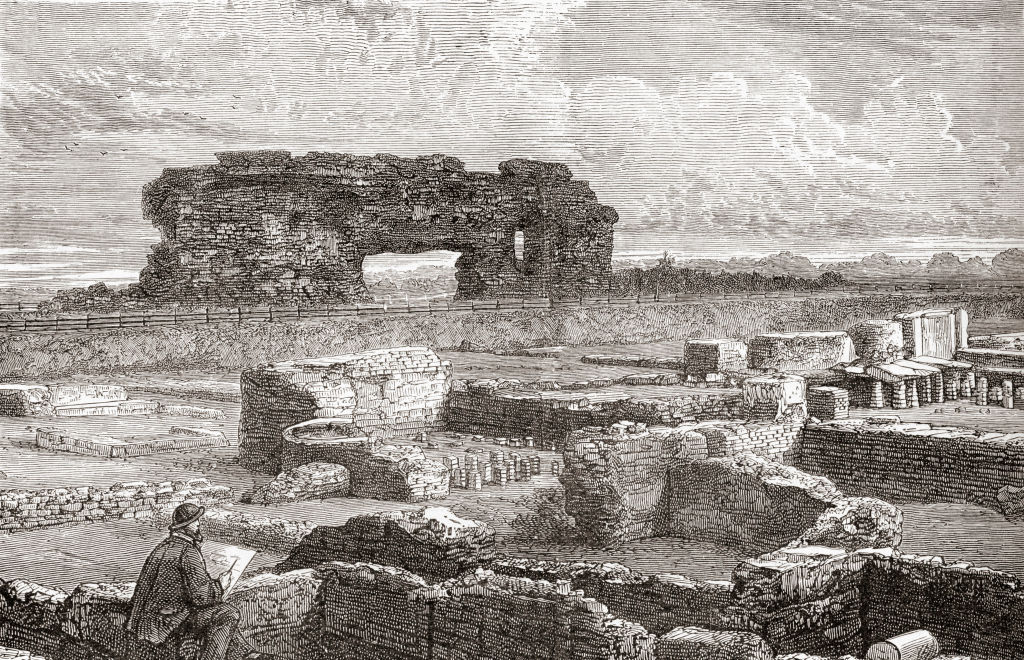 Universal History Archive, Getty Images
Universal History Archive, Getty Images
The Invasions Began
As the Huns began invading Gothic territory in the late 4th century, the Goths were forced to flee—right into the lands of the remaining Vandals. Something had to give.
They Lost Their King
The Gothic King Geberic invaded the Vandals' territory and slew their king, Visimar. With no other choice, the Vandals had to pack up once more and flee.
The Romans Interceded
The Roman Emperor Constantine the Great granted the fleeing Vandals land on the right bank of the Danube, and they remained there for 60 relatively stable years. It was the only peace the Vandals would know for the rest of their existence.
They Became Christians
During this period, the Vandals converted to Christianity. But they followed Arianism, a very specific and now extinct sect of Christianity that didn't believe Christ was God.
That made them and pretty much all other Christians enemies—and you definitely didn't want the Vandals to be your enemy.
They Learned Latin
Vandal leaders also began to learn Latin in this period, which was probably a good idea. The fate of the Vandals would be tied up with the Roman Empire until their extinction.
They Had A Funny Way Of Showing Gratitude
The Vandals had spent nearly a century on the move, and they weren't content to stay in the lands the Romans granted them. By the early 5th century, they were on the move again—which meant more fighting.
They Invaded Gaul
The Vandals were pushed west to the Rhine and back into the lands of the Roman Empire. Here, however, it was the Franks—and they were no joke.
They Lost Many Men
Roman historians estimate that as many as 20,000 Vandals lost their lives in the Vandal-Frankish War, including their king, Godigisel.
But the twist? The Vandals came out on top.
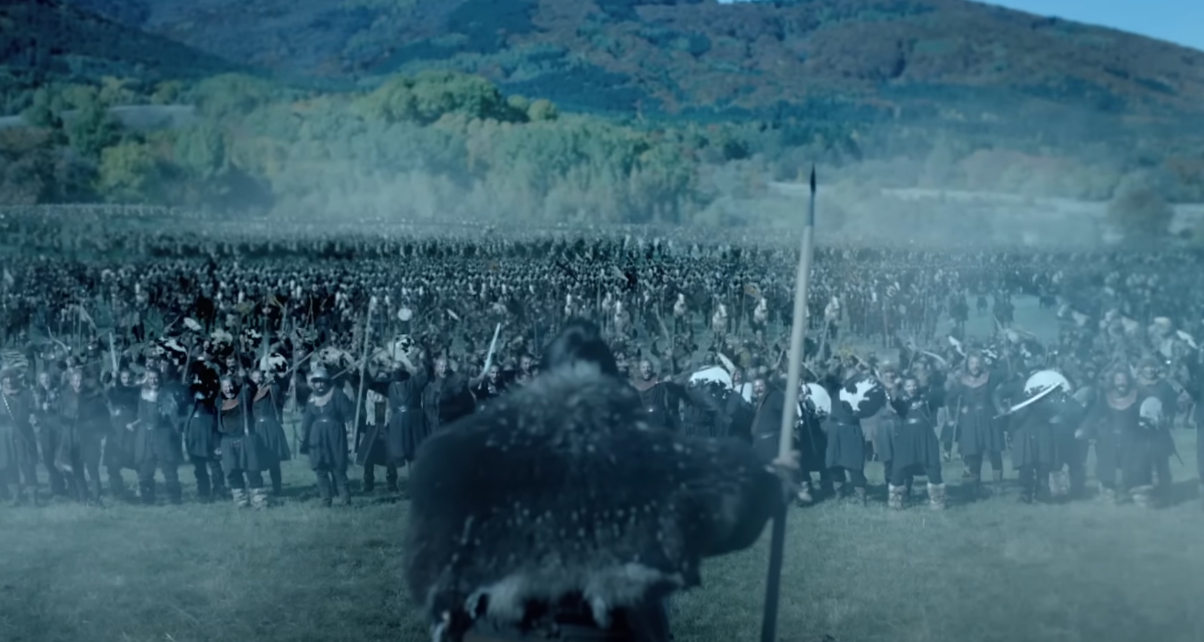 October Films, Barbarians Rising (2016)
October Films, Barbarians Rising (2016)
They Crossed The Rhine
Under Godigisel's son, Gunderic, the Vandals beat the Franks, crossed the frozen Rhine in the middle of winter, and started pillaging their merry way westward through Gaul (modern-day France).
They Kept On Going
The Vandals had no lands to call home, so why not just keep moving forward? By 409 CE, they had crossed the Pyrenees into the Iberian peninsula.
But the Barbarian Invasions were still in full swing, and that meant no land in Europe was safe for long.
The Goths Were On Their Heels
Not long after the Vandals settled in Iberia, the Visigoths invaded from their latest lands in the South of France.
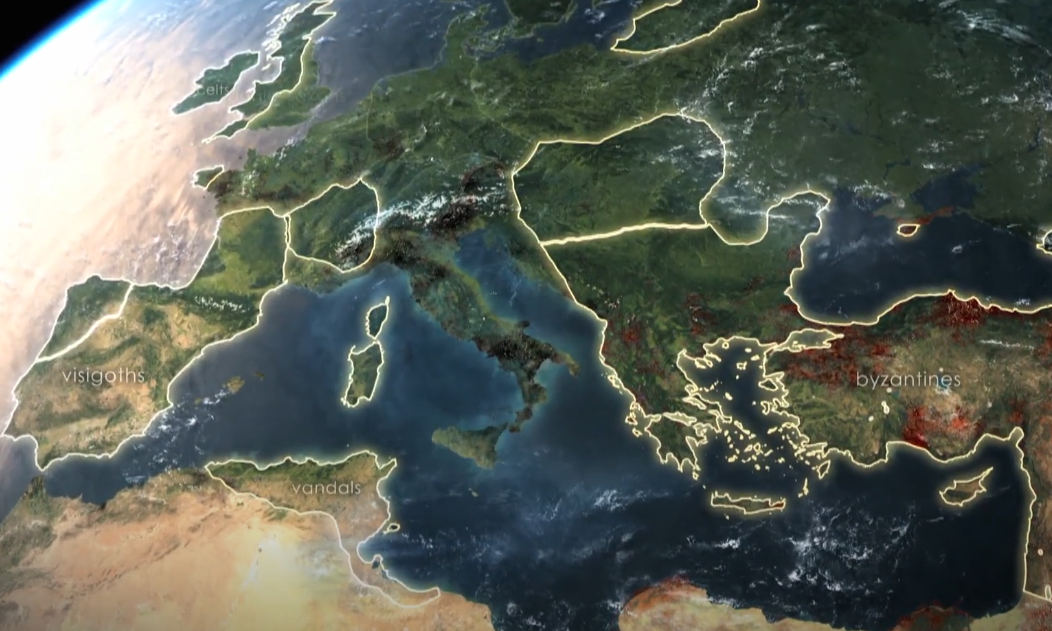 October Films, Barbarians Rising (2016)
October Films, Barbarians Rising (2016)
Their Numbers Kept Dwindling
The invading Visigoths all but wiped out the Silingi, one of the two remaining Vandal tribes. All that remained was the Hasdingi, with their King Gunderic.
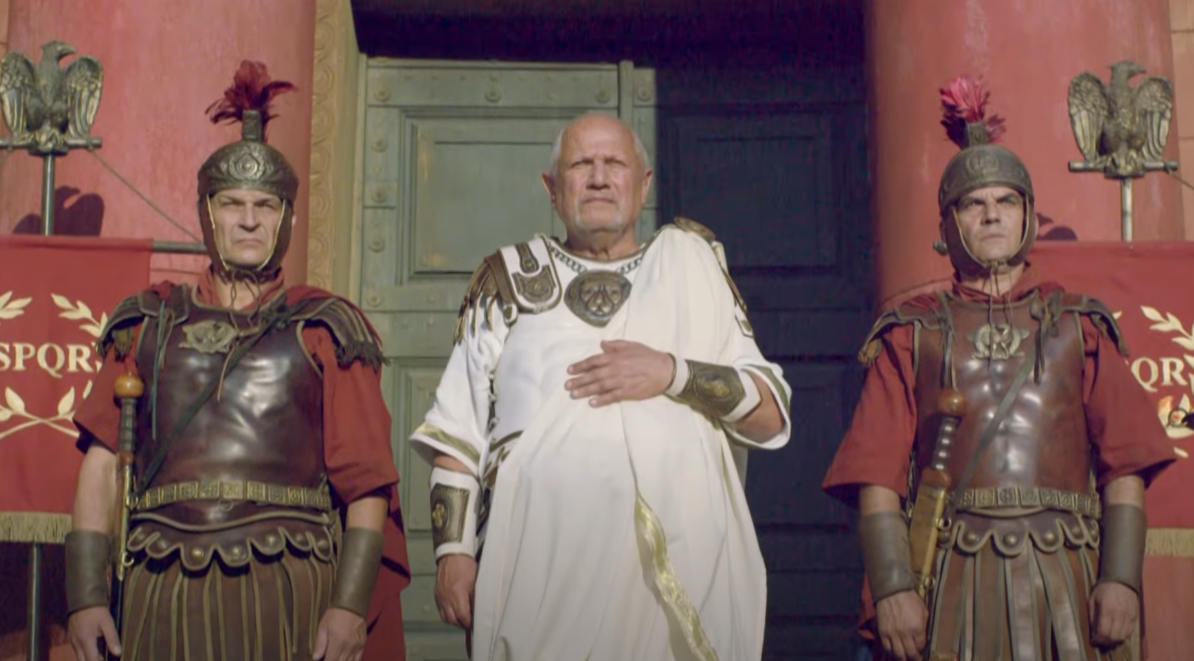 October Films, Barbarians Rising (2016)
October Films, Barbarians Rising (2016)
They Kept Running
Gunderic led the remaining Vandals to the southern tip of Iberia, near the Straits of Gibraltar. After this, they had nowhere to run but Africa. But the tide was about to change yet again.
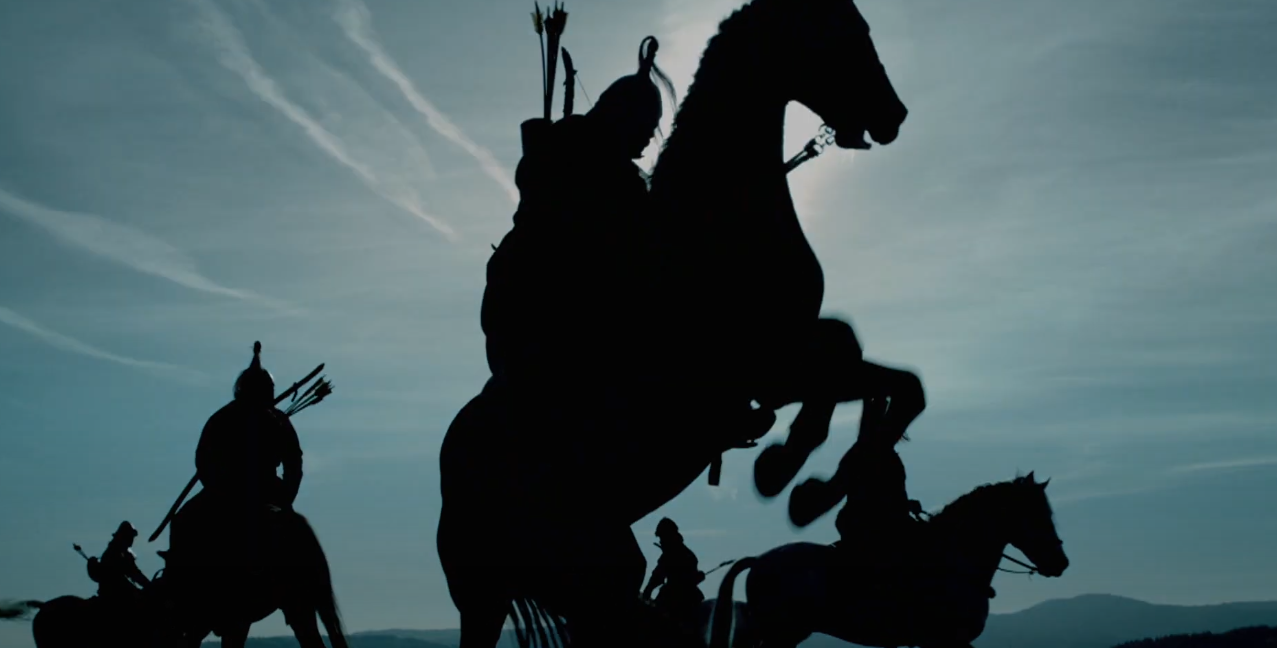 October Films, Barbarians Rising (2016)
October Films, Barbarians Rising (2016)
They Turned The Tables
In a shocking 422 victory, Gunderic crushed a coalition of Romans and Goths and the Battle of Tarraco. And there's more good news.
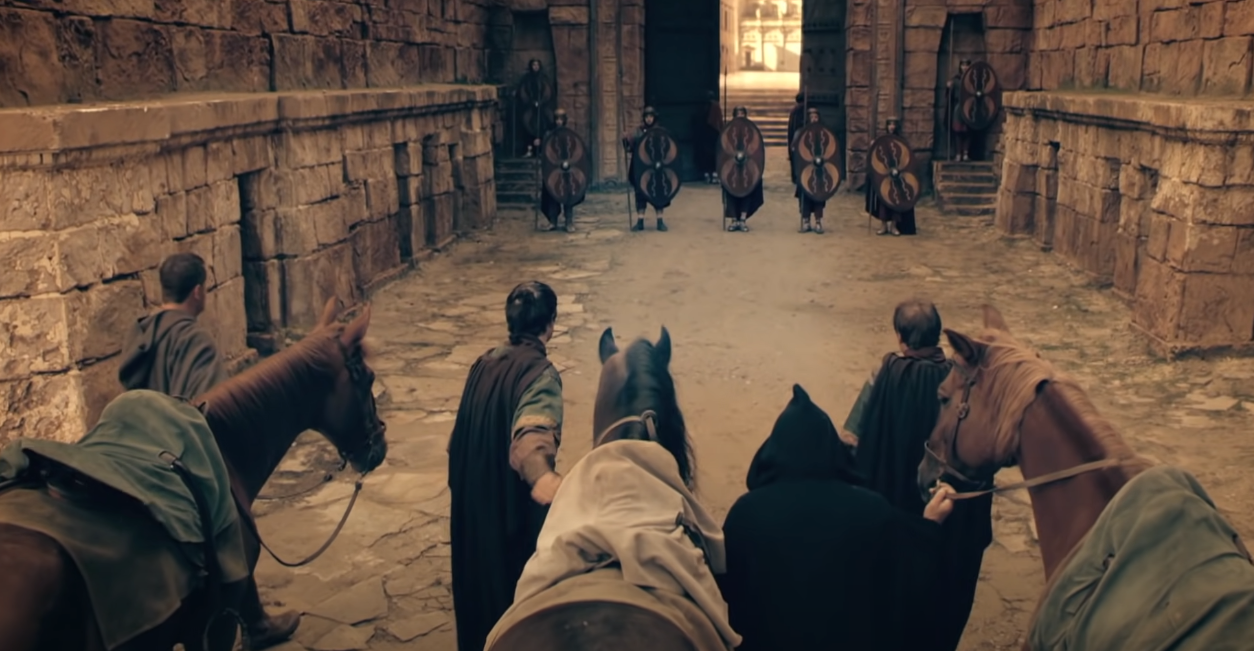 October Films, Barbarians Rising (2016)
October Films, Barbarians Rising (2016)
Their Numbers Grew
After the disaster at the Battle of Tarraco, many Gothic and Roman soldiers deserted and joined up with the Vandals. Gunderic was on a roll—and he was just getting started.
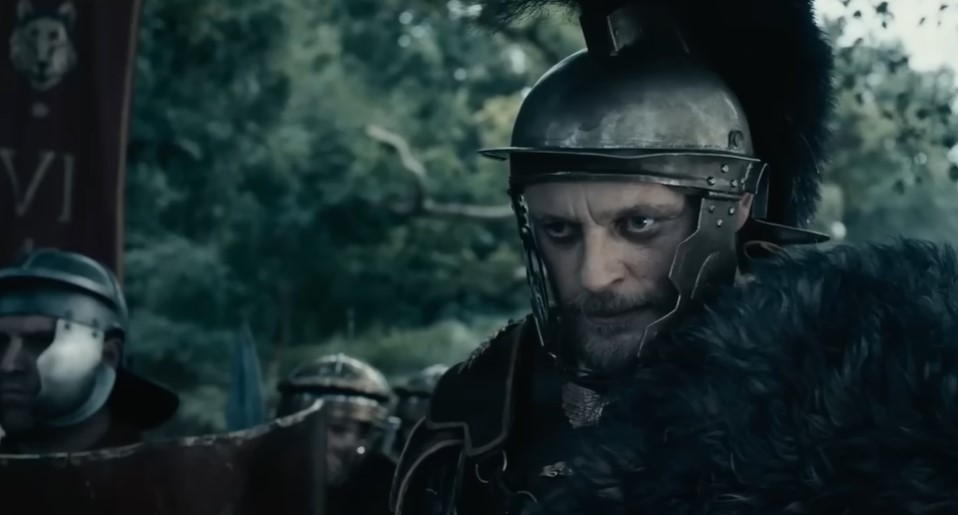 Bleiberg Entertainment, Boudica (2023)
Bleiberg Entertainment, Boudica (2023)
They Were On Top
One moment, it seemed like the Vandals might go extinct. The next, Gunderic had an enormous fighting force and no rival armies in his way.
They sacked the city of Cartagena along the Southern coast of Iberia—and that gave Gunderic access to something he'd never seen before.
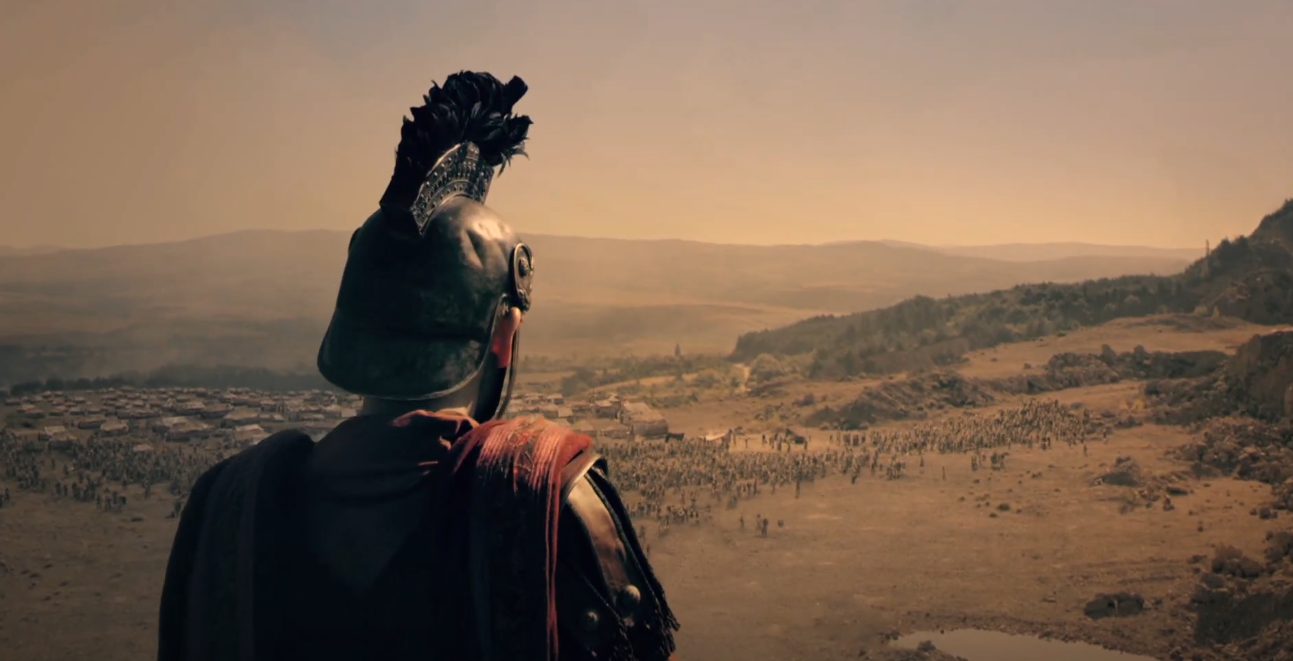 October Films, Barbarians Rising (2016)
October Films, Barbarians Rising (2016)
They Took To The Seas
The Vandals had spent centuries wandering Europe by land, but the maritime city of Cartagena gave them access to naval power for the first time. Gunderic quickly put it to good use.
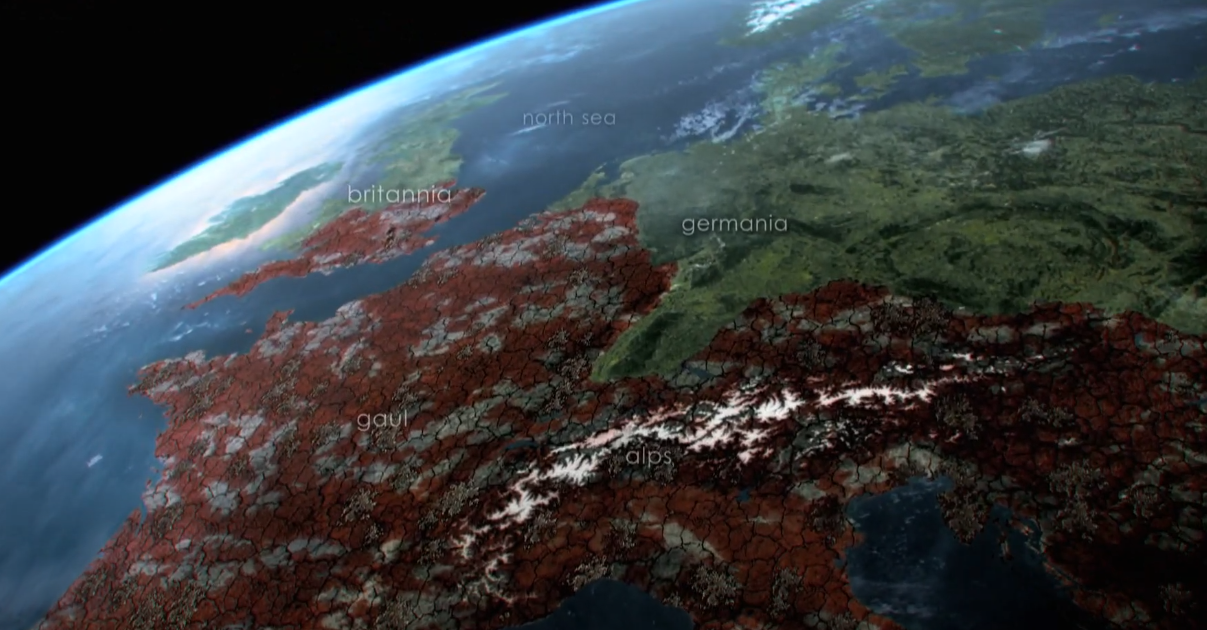 October Films, Barbarians Rising (2016)
October Films, Barbarians Rising (2016)
They Wreaked Havoc
Gunderic and the Vandals spent several years sowing chaos across the Western Mediterranean, from Mauritania in Northern Africa to Seville in the South of France.
But nothing lasts forever.
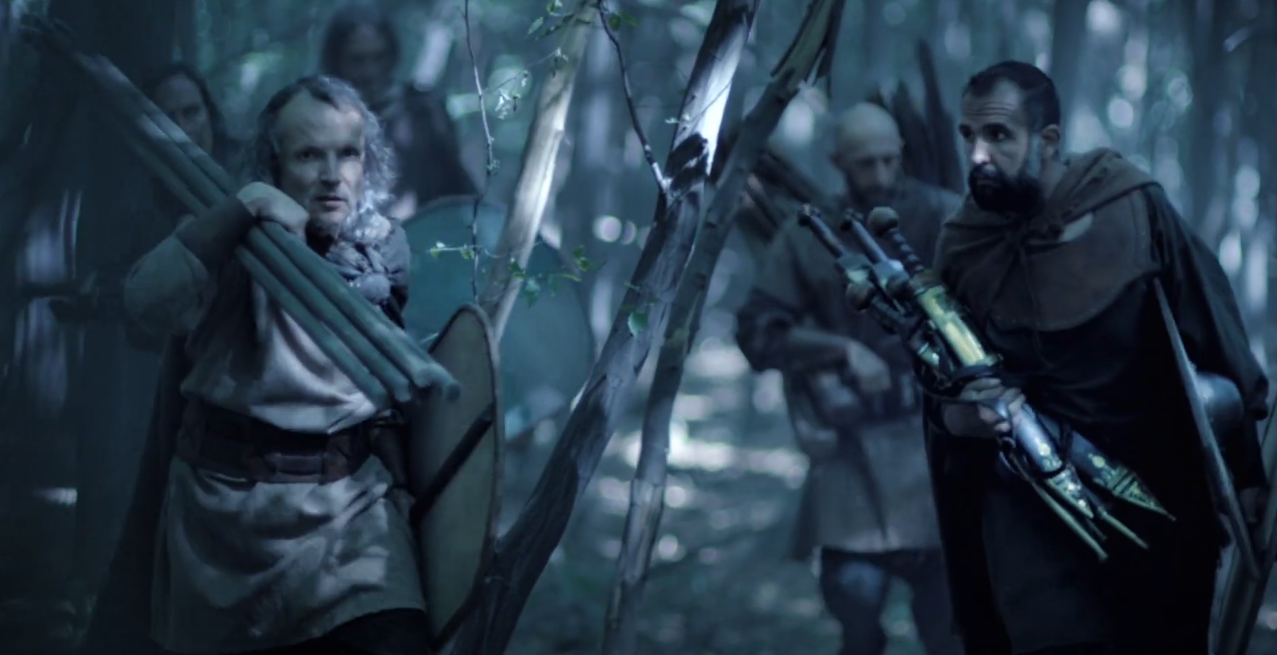 October Films, Barbarians Rising (2016)
October Films, Barbarians Rising (2016)
Gunderic Ran out Of Time
During their second siege of Seville, Gunderic's number finally came up. Thankfully, the Vandals had a replacement ready to go—though he wasn't exactly the perfect candidate.
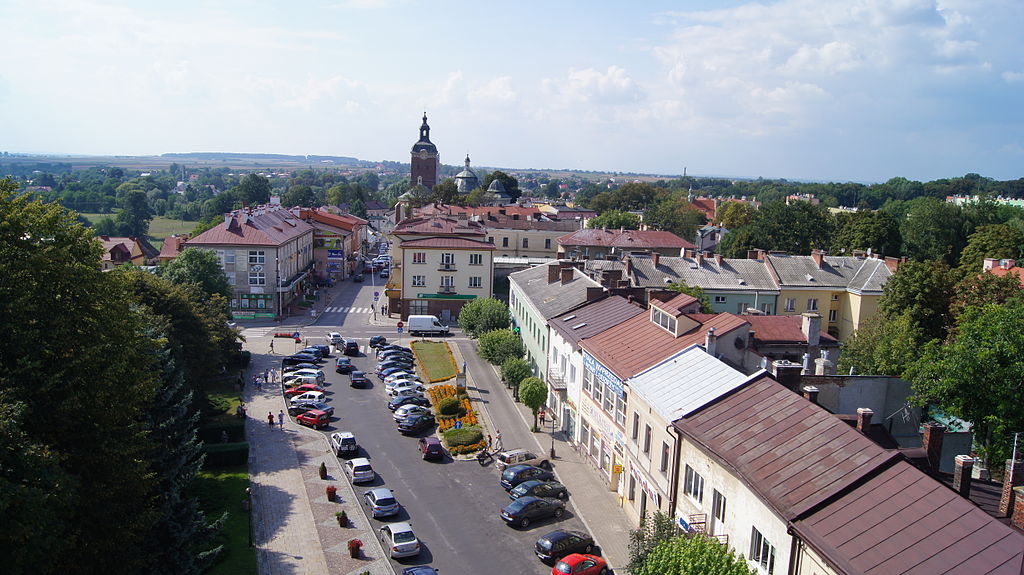 Szymon Maksymilian Wilk, CC BY 3.0, Wikimedia Commons
Szymon Maksymilian Wilk, CC BY 3.0, Wikimedia Commons
Their New King Was Illegitimate
Gunderic's brother Gaiseric succeeded him as King of the Vandals. He was also Godigisel's son, but his mother had been a slave, so he was illegitimate.
But when the time came for him to take the throne, no one was going to get in his way.
 October Films, Barbarians Rising (2016)
October Films, Barbarians Rising (2016)
Gaiseric Took Them To New Heights
Gaiseric had been a prominent figure in Vandali politics for years. They knew him well—and knew what kind of man he could be.
No one opposed his ascension, and Gaiseric repaid their confidence tenfold.
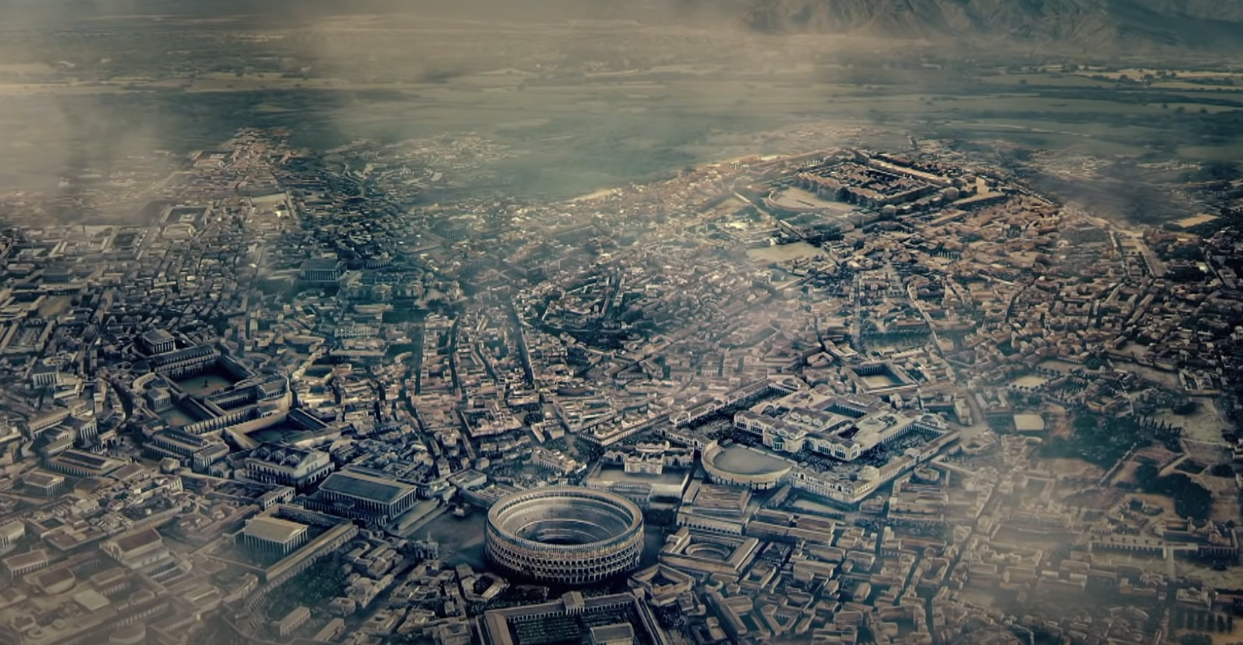 October Films, Barbarians Rising (2016)
October Films, Barbarians Rising (2016)
Their New King Was A Force Of Nature
Historians consider Gaiseric to be the most capable king of all the tribes during the Barbarian Invasions. He likely contributed more to the destruction of Rome than any other man in history—but he had to get there first.
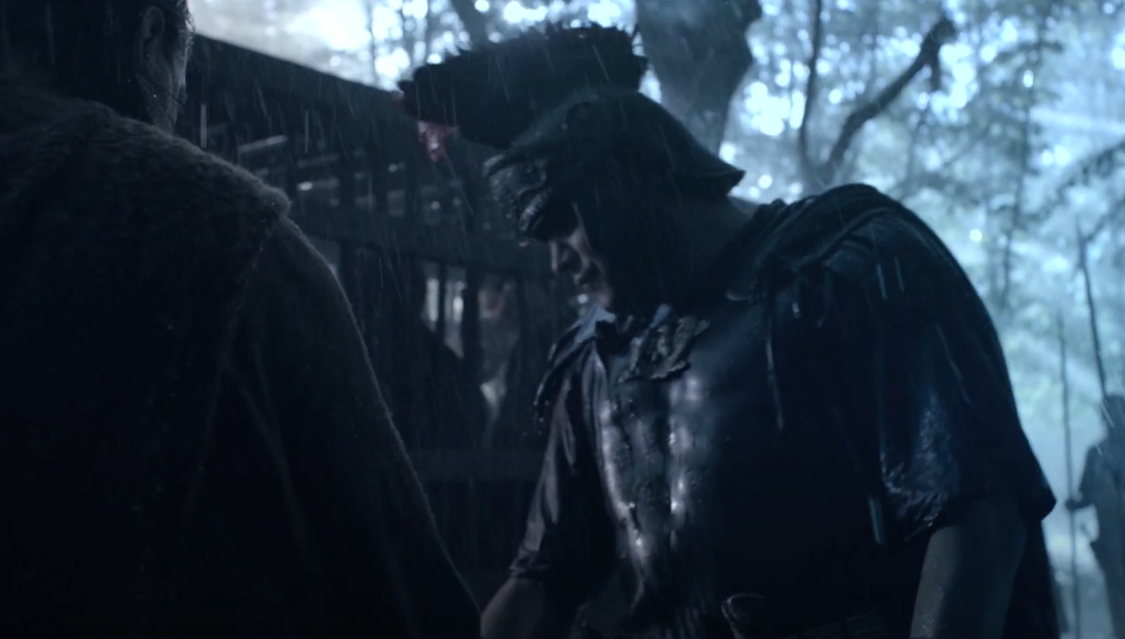 October Films, Barbarians Rising (2016)
October Films, Barbarians Rising (2016)
They Kept Moving
By 429 CE, Iberia had become a hotbed once more, and the Vandals numbers had dwindled to approximately 80,000. So King Gaiseric made the decision to move his people across the Strait of Gibraltar into Africa.
But this time, he was actually invited.
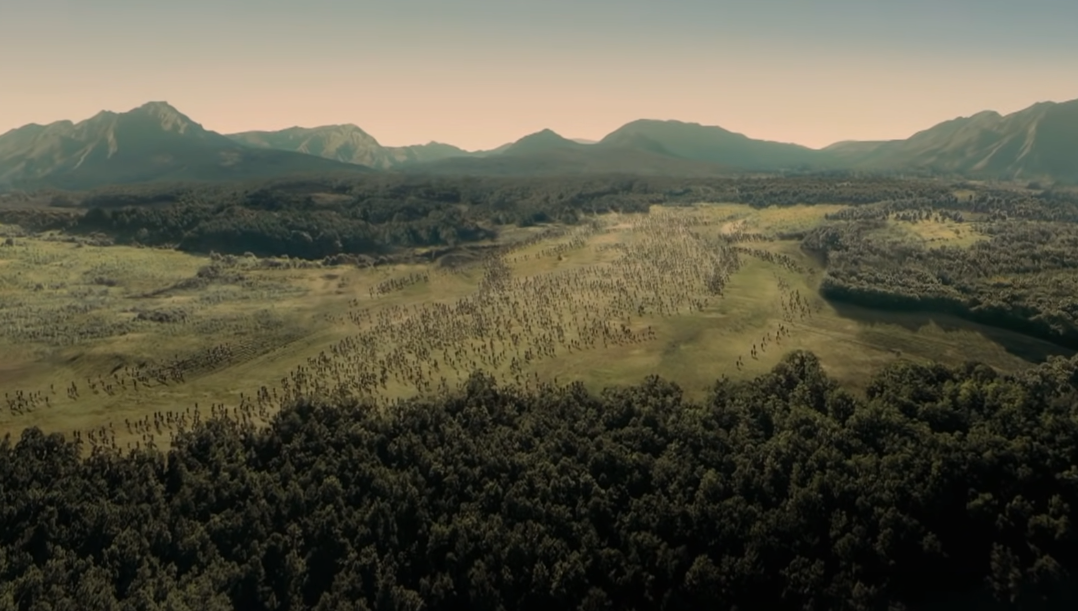 October Films, Barbarians Rising (2016)
October Films, Barbarians Rising (2016)
They Got An Invite
A Roman warlord named Bonifacius actually requested Gaiseric bring the Vandals into North Africa. He was hoping they could defeat his rivals and establish him as a ruler of Africa—heck, even of Rome at this point.
Gaiseric had other ideas in mind...
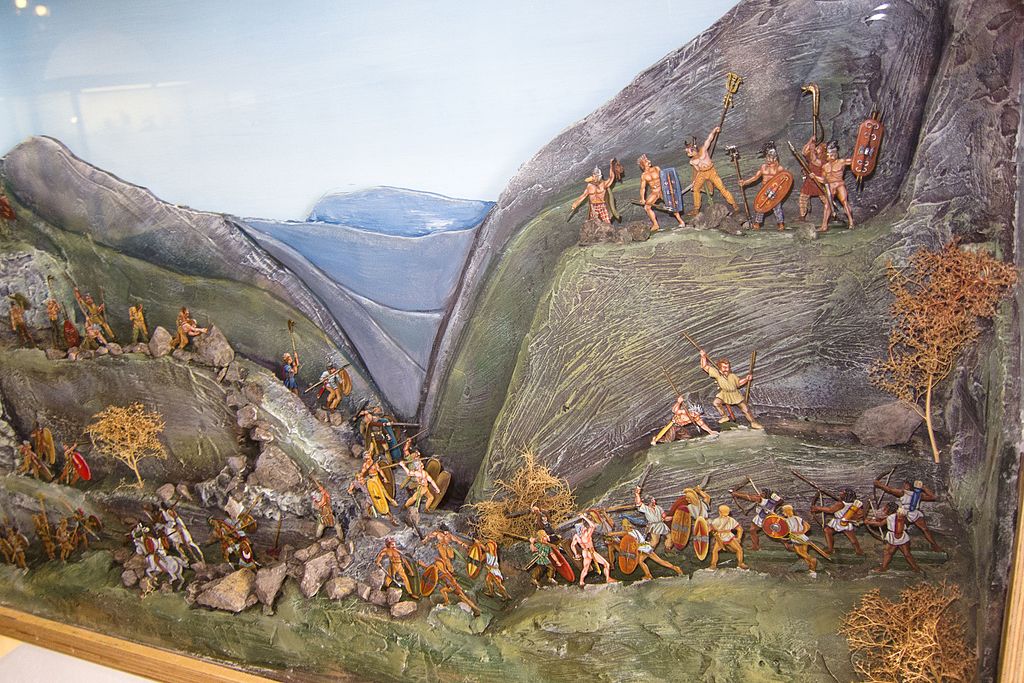 Thomas Quine, CC BY 2.0, Wikimedia Commons
Thomas Quine, CC BY 2.0, Wikimedia Commons
They Didn't Want To Deal
Bonifacius was waiting with an army, just in case negotiations broke down, as the Vandals entered the Roman province of Numidia.
Well, they did break down—and the army didn't make much of a difference.
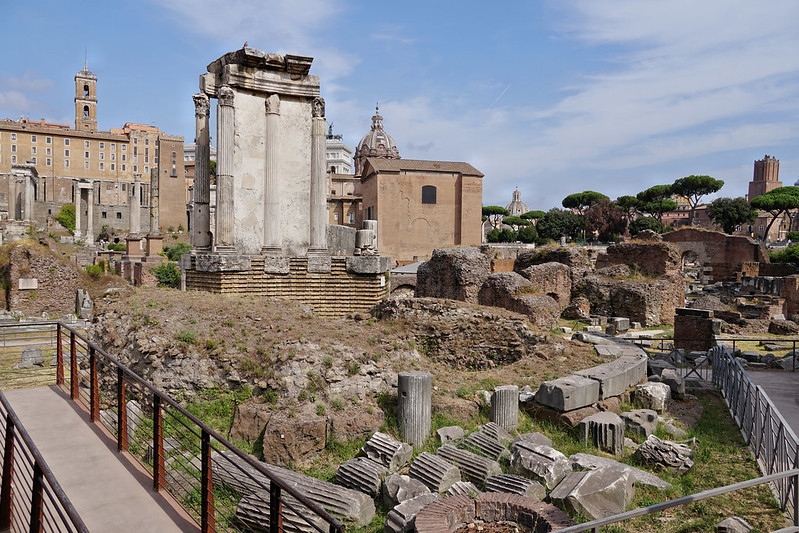 █ Slices of Light ✴ █▀ ▀ ▀, Flickr
█ Slices of Light ✴ █▀ ▀ ▀, Flickr
They Trapped Him In A City
Negotiations between Gaiseric and Bonifacius almost immediately broke down, and the warlord's men were no match for the Vandals' battle-hardened veterans.
Bonifacius fled to the city of Hippo Regius—where the Vandals committed their second most infamous deed.
They Trapped A Saint
Saint Augustine of Hippo was one of the most important figures in the history of early Christianity. His prolific writings influenced Western thought for centuries—but he was already an old man by the time that Gaiseric arrived at his doorstep.
He didn't have it in him.
They Had Blood On Their Hands
Saint Augustine died during the Vandals' siege, likely of starvation or stress. It seems even the Vandals themselves felt guilt over what they'd done: When they razed the city, the only thing they left standing was Augustine's library and cathedral.
They Settled Down
The rebuilt city of Hippo Regius served as the capital of the new Vandal Kingdom in North Africa. They stayed there happily...for about 4 years. Then Gaiseric got the itch for more pillaging.
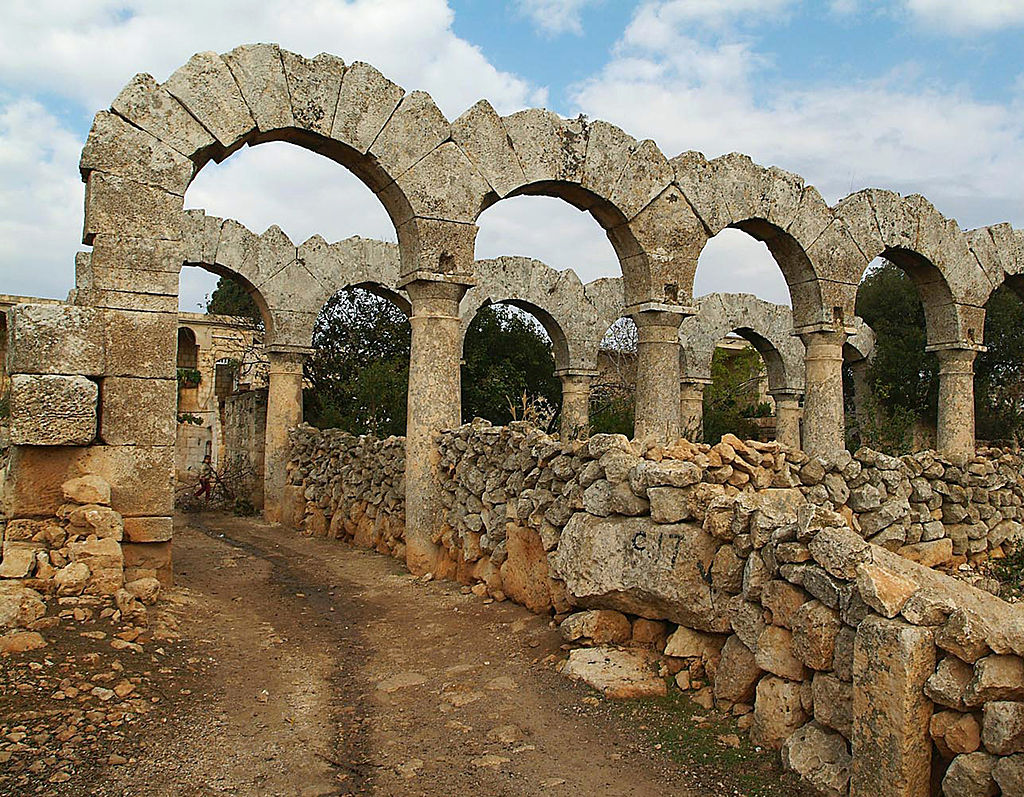 James Gordon, CC BY 2.0, Wikimedia Commons
James Gordon, CC BY 2.0, Wikimedia Commons
They Broke Their Treaty
Gaiseric signed a treaty with ol' Bonifacius: The Vandals get Hippo, Bonifacius gets Carthage. In 439, Gaiseric had a new idea: How about he gets both?
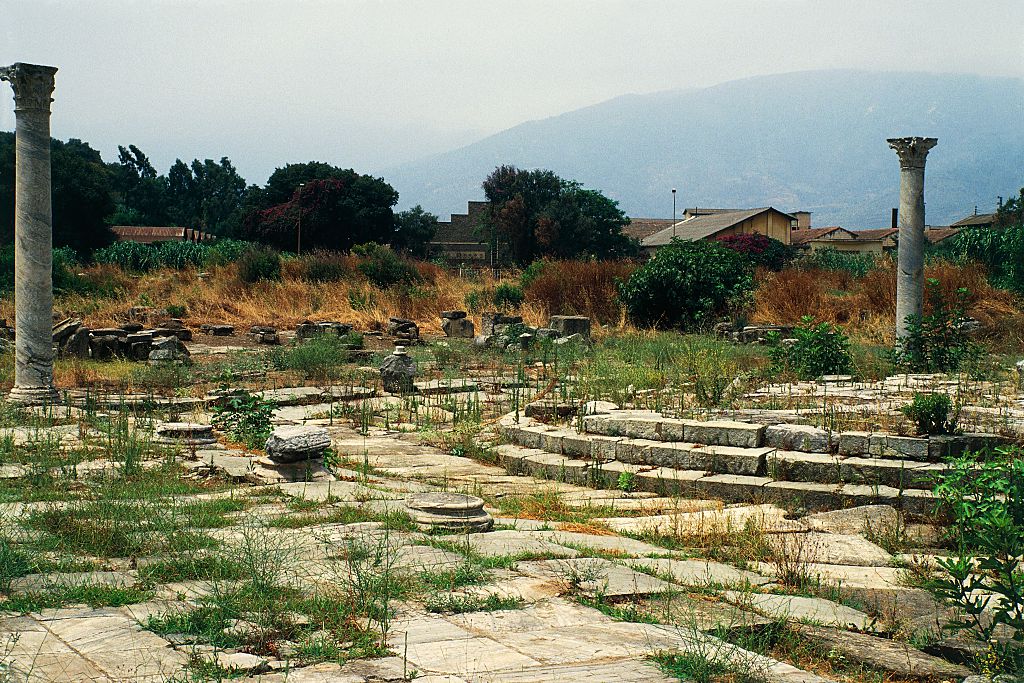 DEA / G. DAGLI ORTI, Getty Images
DEA / G. DAGLI ORTI, Getty Images
It Wasn't Hard
The Romans citizens of Carthage loved watching races at the hippodrome. So much so that the entire city was attending the races when Gaiseric and his Vandals just...walked in and took the city without a fight.
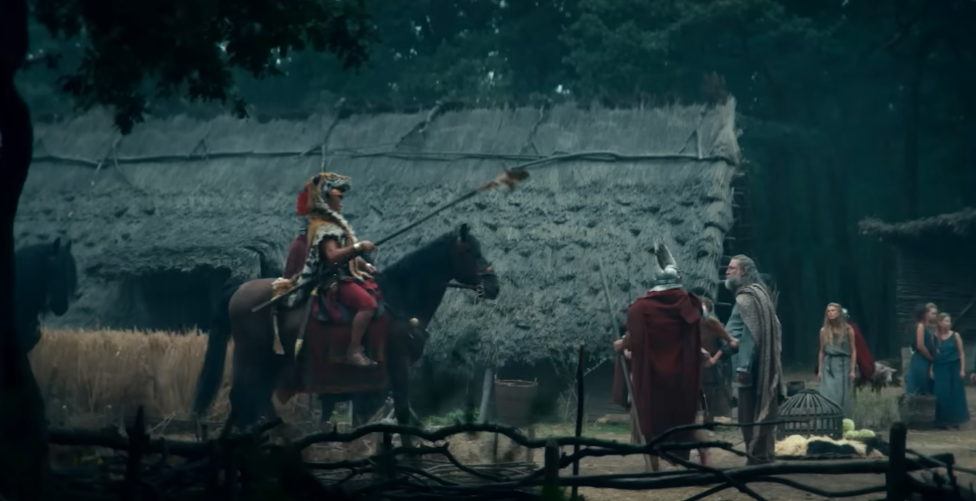 Netflix, Barbarians (2020–2022)
Netflix, Barbarians (2020–2022)
They Built A Real Kingdom
By the 470s AD, this Germanic warrior tribe had made it all the way from Poland to ruling the Vandal Kingdom of North Africa, that stretched across the Mediterranean coast of modern Tunisia—but they always wanted more.
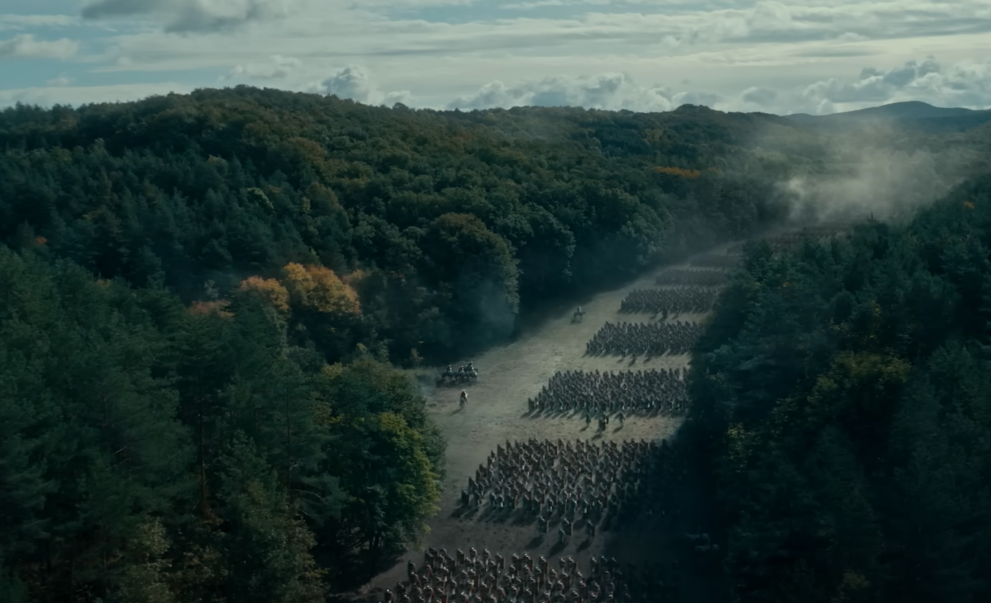 Netflix, Barbarians (2020–2022)
Netflix, Barbarians (2020–2022)
They Took Advantage
The Roman world was in chaos at this time, and the Vandals took full advantage. They captured the long-held Roman islands of Mallorca, Sicily, Sardinia, and Corsica.
After decades on the run, things were finally going right for the Vandals. And it would keep getting better.
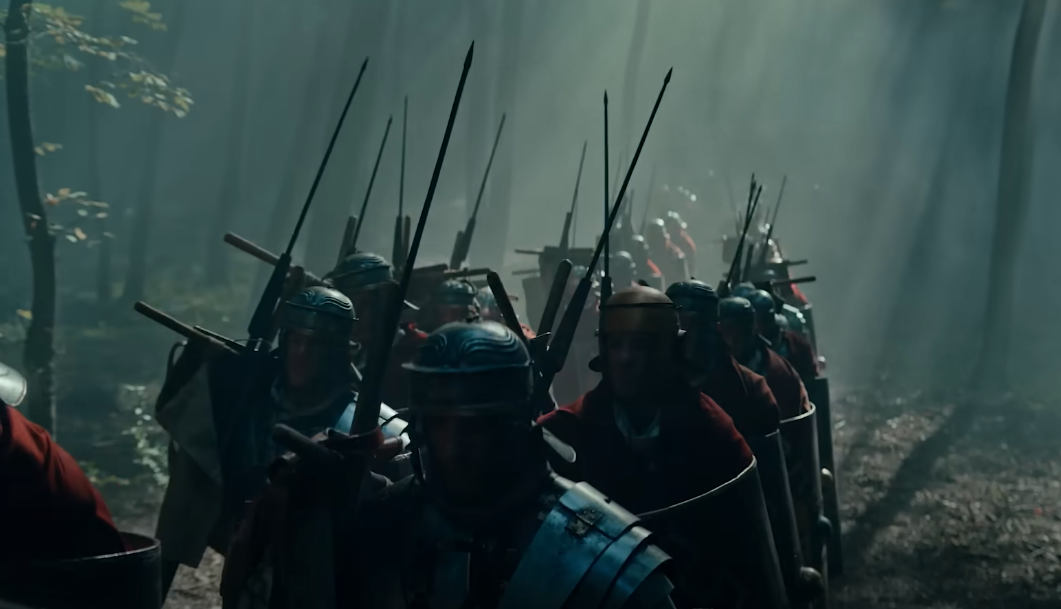 Netflix, Barbarians (2020–2022)
Netflix, Barbarians (2020–2022)
They Ruled The Mediterranean
These Germanic warriors from Northern Europe took to the Mediterranean like a fish to water. Amassing a large fleet, they spent decades raiding and pillaging the Western Mediterranean under Gaiseric.
They were like the Vikings—before there were even Vikings.
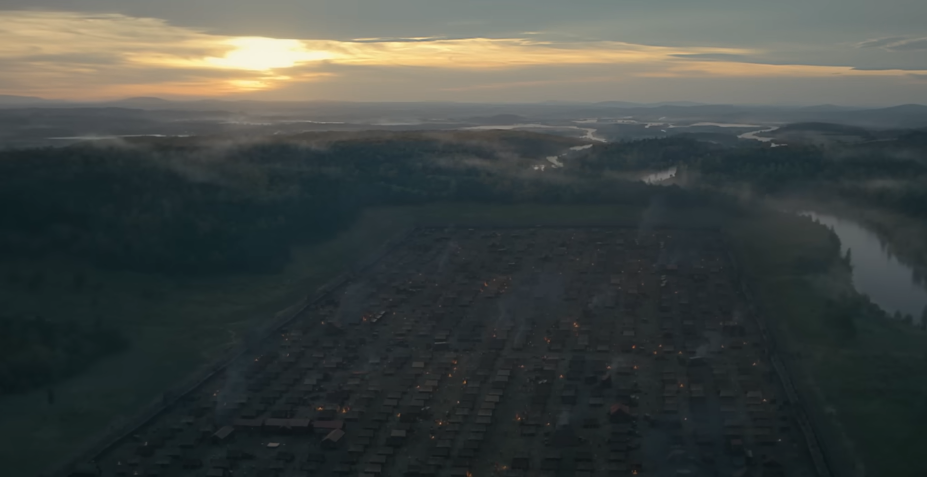 Netflix, Barbarians (2020–2022)
Netflix, Barbarians (2020–2022)
They Had To Face Rome
The Roman Empire had spent these years far more concerned with Attila the Hun and his raids than Gaiseric and the Vandals. Once Attila was gone, it was time for Rome and the Vandals to go head to head.
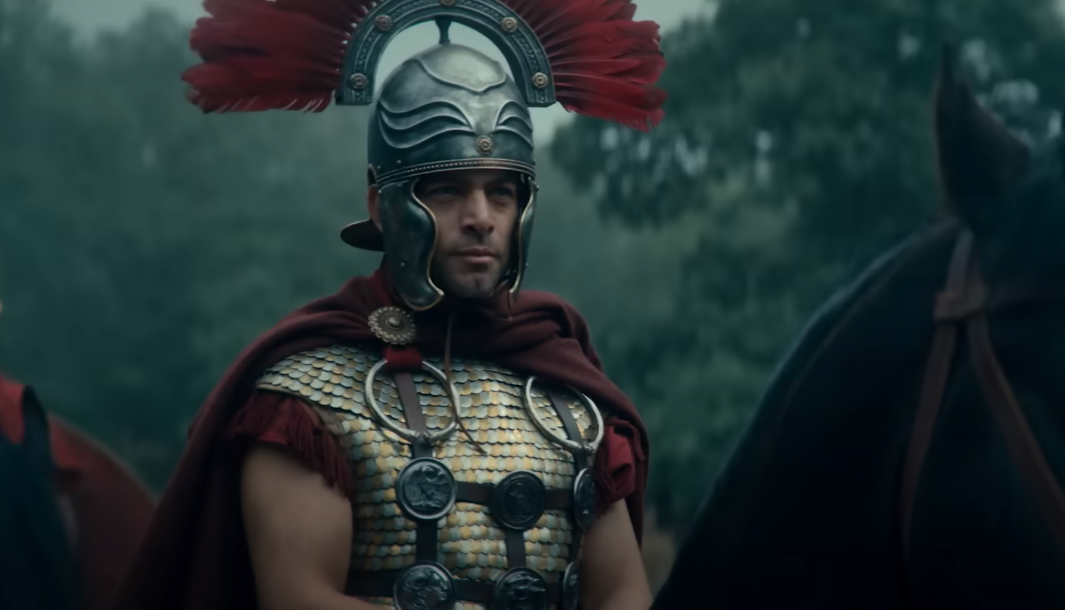 Netflix, Barbarians (2020–2022)
Netflix, Barbarians (2020–2022)
They Tried Diplomacy
The Roman Emperor Valentinian III made an alliance with Gaiseric by betrothing his daughter to the Vandal king's son. But this is Rome we're talking about—plans go wrong fast, and in the bloodiest way possible.
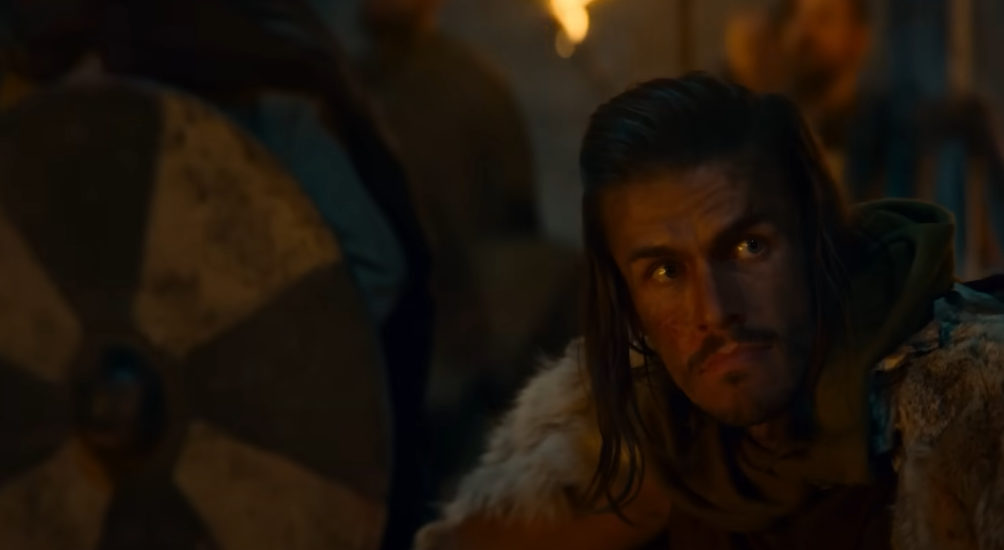 Netflix, Barbarians (2020–2022)
Netflix, Barbarians (2020–2022)
Their Ally Got Offed
Petronius Maximus had a better idea: He killed Valentinian III and took the throne for himself. He obviously didn't know much about Gaiseric. It was a BIG mistake.
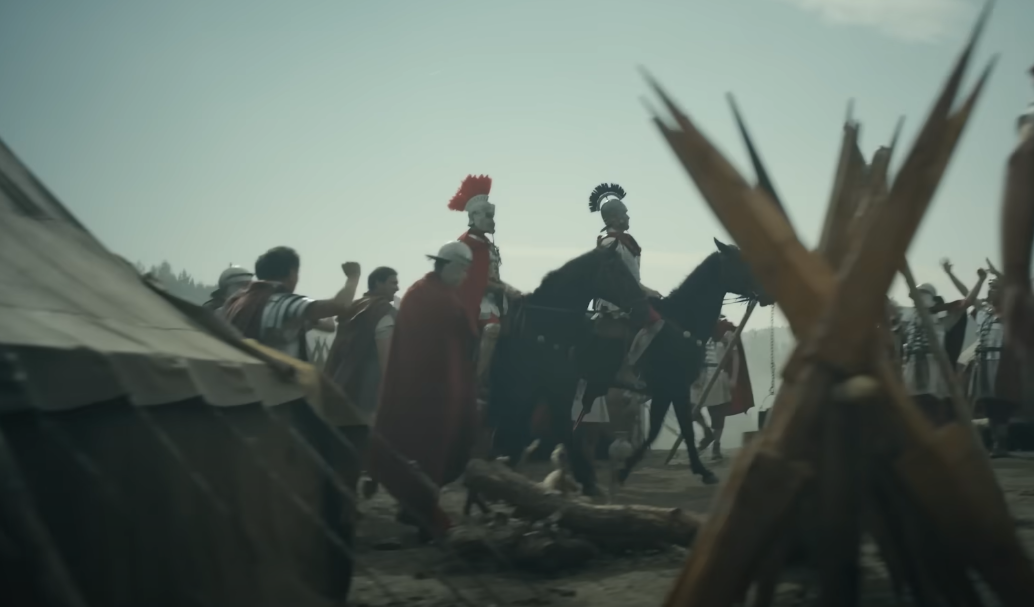 Netflix, Barbarians (2020–2022)
Netflix, Barbarians (2020–2022)
They Laid A Path Of Destruction
Before going into the city itself, the Vandals made sure to knock down city's aqueducts. So where was the valiant Roman Emperor to defend the city?
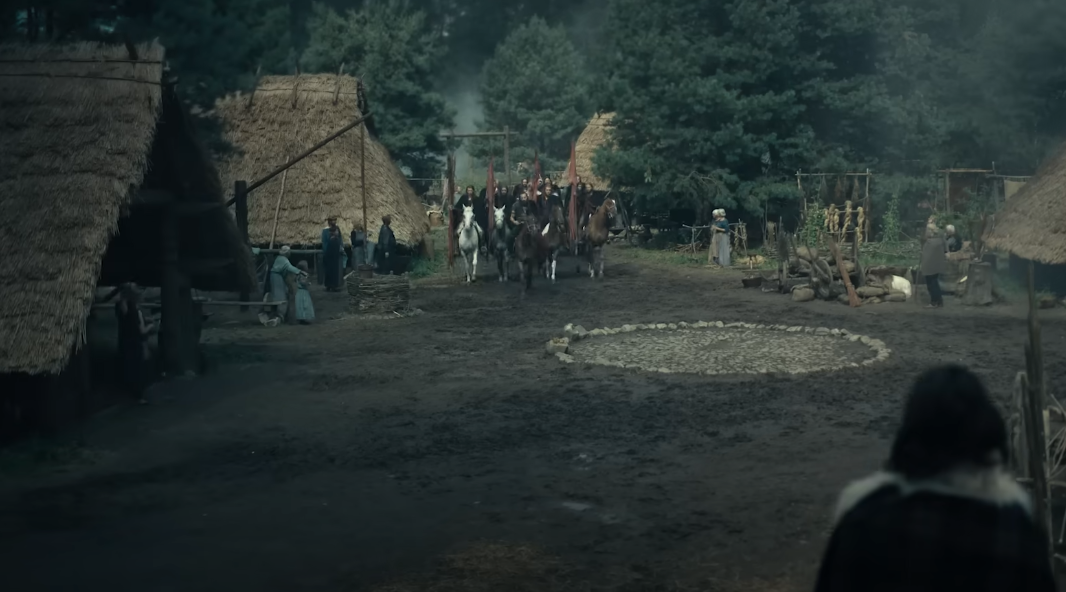 Netflix, Barbarians (2020–2022)
Netflix, Barbarians (2020–2022)
The Guy Was A Joke
Petronius Maximus got Rome into this mess—and the second he saw the Vandals coming, he and his men tried to turn and flee. But they hadn't thought of one thing...
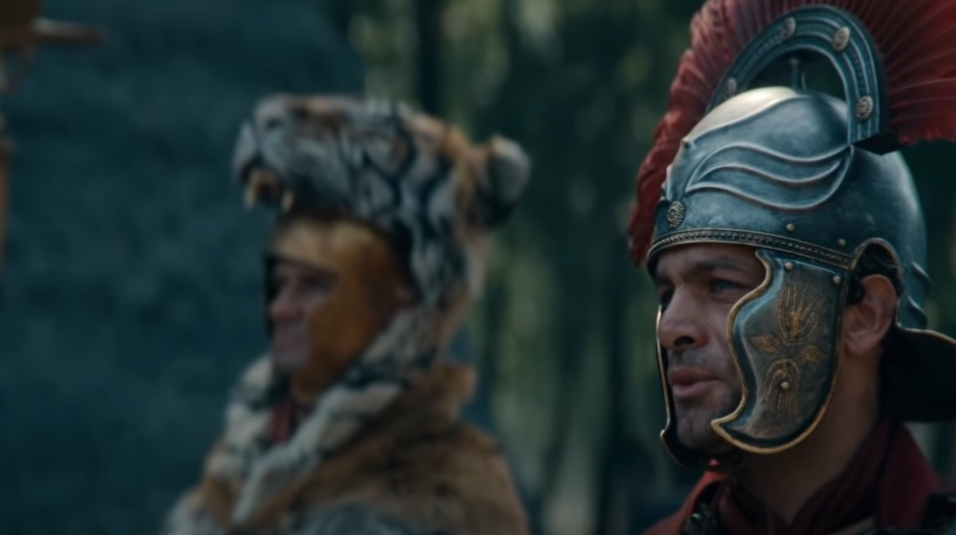 Netflix, Barbarians (2020–2022)
Netflix, Barbarians (2020–2022)
The Romans Got Them First
The people of Rome knew exactly who to blame for the army at their doorstep. A mob spotted Maximus as he tried to flee and...let's just say it wasn't pretty.
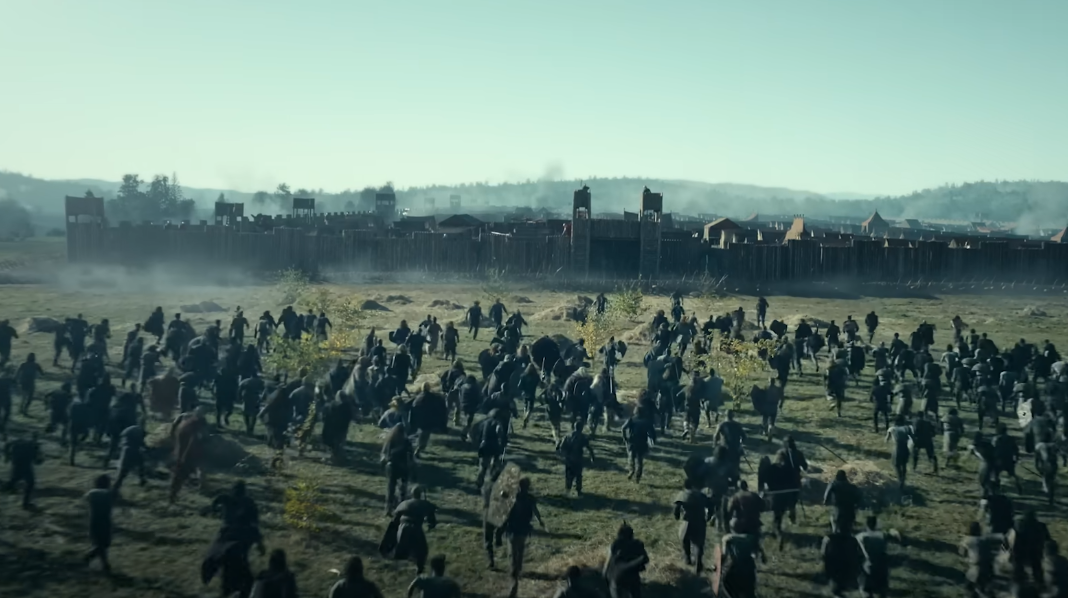 Netflix, Barbarians (2020–2022)
Netflix, Barbarians (2020–2022)
They Had Some Respect
Gaiseric promised he wouldn't burn the city and slaughter its inhabitants, and he kept his word. The Eternal City, at least, would still be standing.
But what would be left of it?
They Took All They Could Carry
Gaiseric didn't want to destroy Rome—but he wanted all its wealth. The Vandals spent 14 days looting the city, taking every last thing of value that they could find.
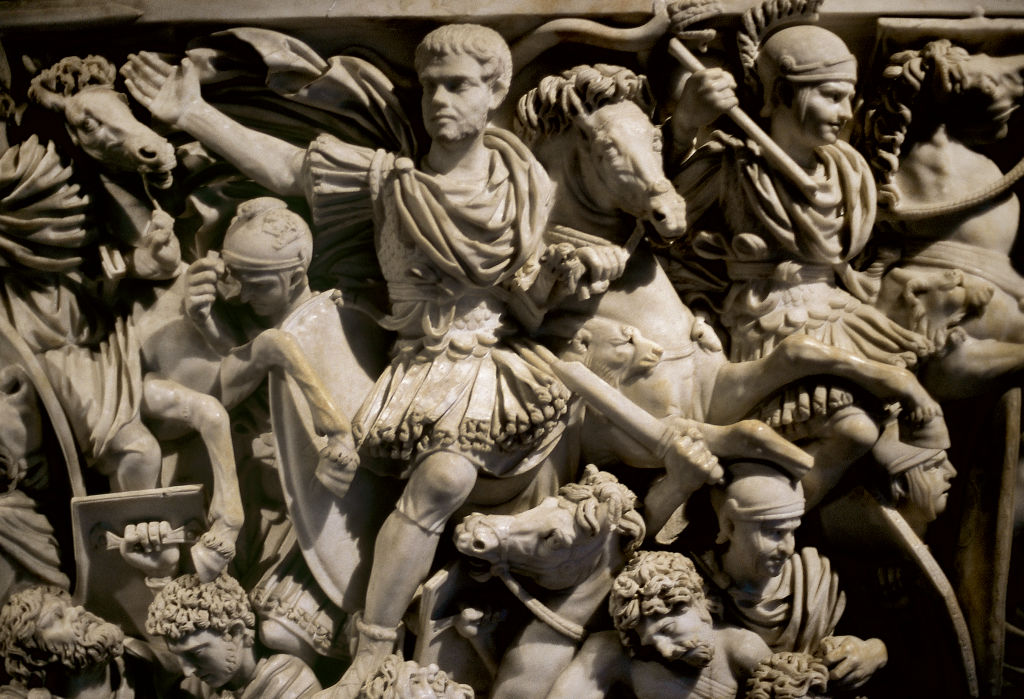 Universal History Archive, Getty Images
Universal History Archive, Getty Images
They Vandalized Rome
The origin of the word vandalism comes from the damage that the Vandals caused to Rome, as they destroyed many public works by haphazardly ripping off whatever metal they could.
Rome Was Never The Same
Though the first-ever sack of Rome took place in 410 AD, the Vandals' sack of Rome caused far more damage to the city in total.
Some historians claim that Gaiseric as an individual caused more damage to Rome than anyone else in history.
He Got To End On Top
Gaiseric had managed to take the Vandals from a desperate Germanic tribe facing extinction to the rulers of a great kingdom in North Africa.
He repelled multiple Roman attempts to reclaim the territory, and he died old and rich in Carthage, leaving the kingdom to his son—but the Vandals wouldn't be the same without him.
They Started To Decline
Gaiseric's son Huneric became king next, and he just didn't have the same juice. Maintaining a kingdom in an extremely foreign land is hard, and they started hemorrhaging territory at an alarming rate.
Rome Got Payback
The Eastern Roman Empire kept churning along, and the Vandals couldn't hold them off forever. Emperor Justinian the Great took it upon himself to reconquer the lands of the Vandal Kingdom, and they didn't really stand a chance.
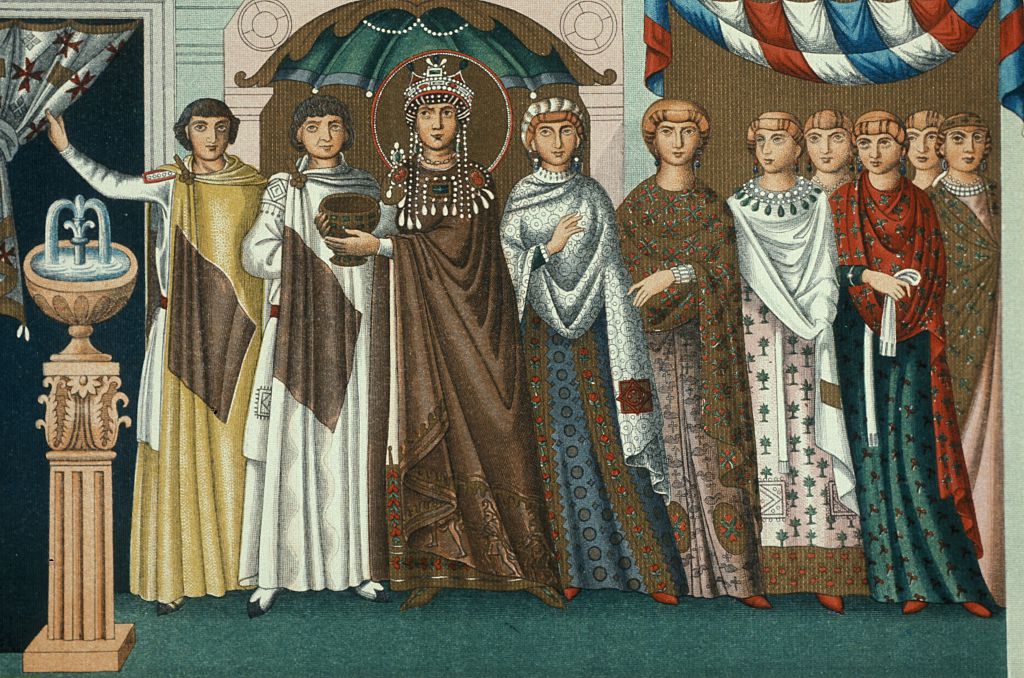 ullstein bild Dtl., Getty Images
ullstein bild Dtl., Getty Images
They Faded Away
After Justinian conquered the Vandal Kingdom, the tribe essentially ceased to exist as a political entity. Some Vandals who had lived most of their lives in North Africa integrated into the local Berber populations. But some turned to the dark side.
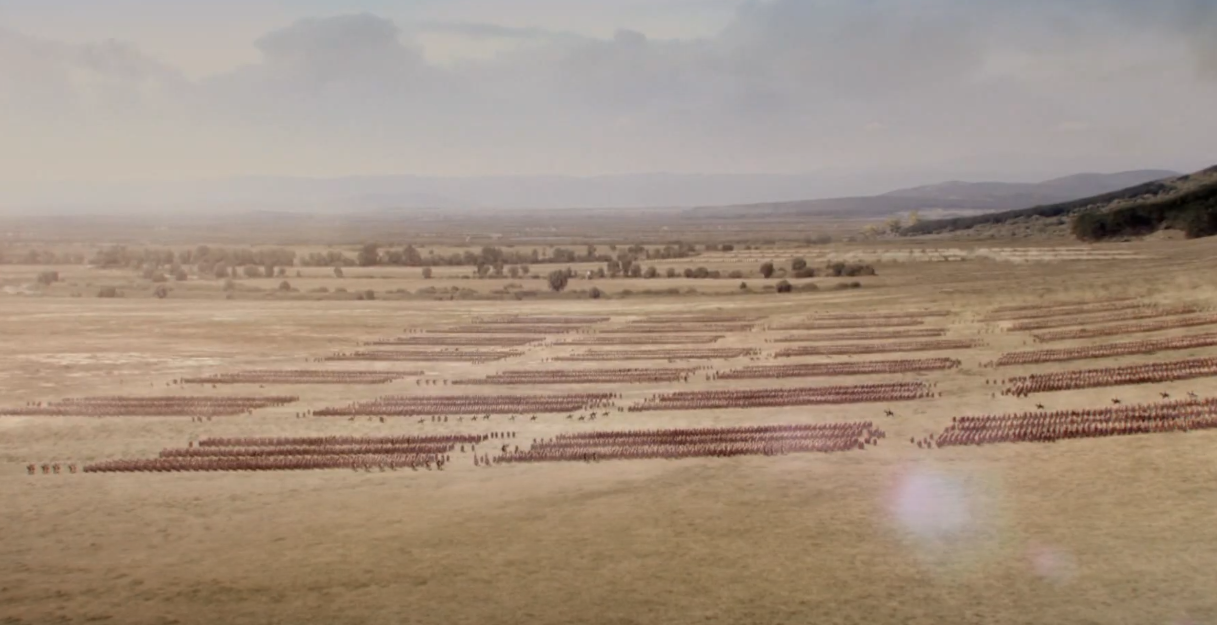 October Films, Barbarians Rising (2016)
October Films, Barbarians Rising (2016)
They Fought For The Enemy
The Vandals still had some of the fiercest warriors in the Mediterranean, and Justinian didn't want them to go to waste. They formed an elite cavalry unit called Vandali Iustiniani that served on the Persian border of the empire.
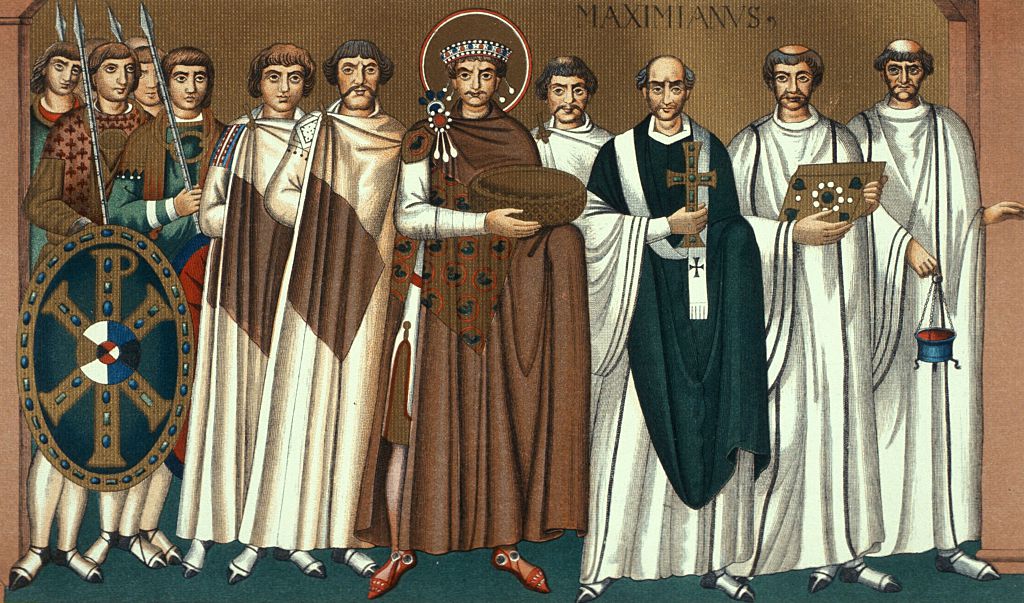 ullstein bild Dtl., Getty Images
ullstein bild Dtl., Getty Images
They Had One Last Gasp
One of the Vandals who stayed in North Africa tried to raise a rebellion and reestablish a Vandal Kingdom. He even managed to capture Carthage before the Romans wiped him off the map, and the tribe began to fade from history.


